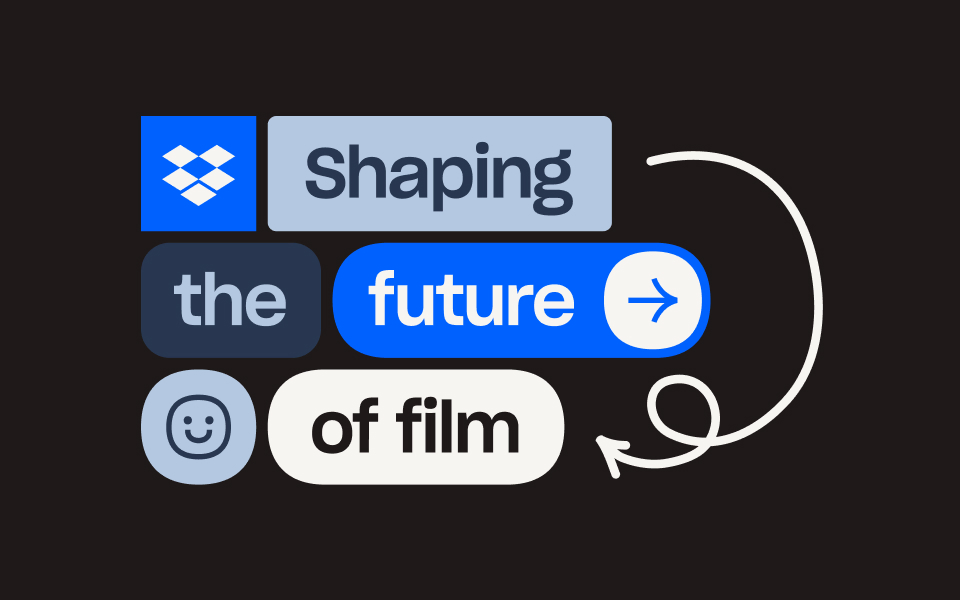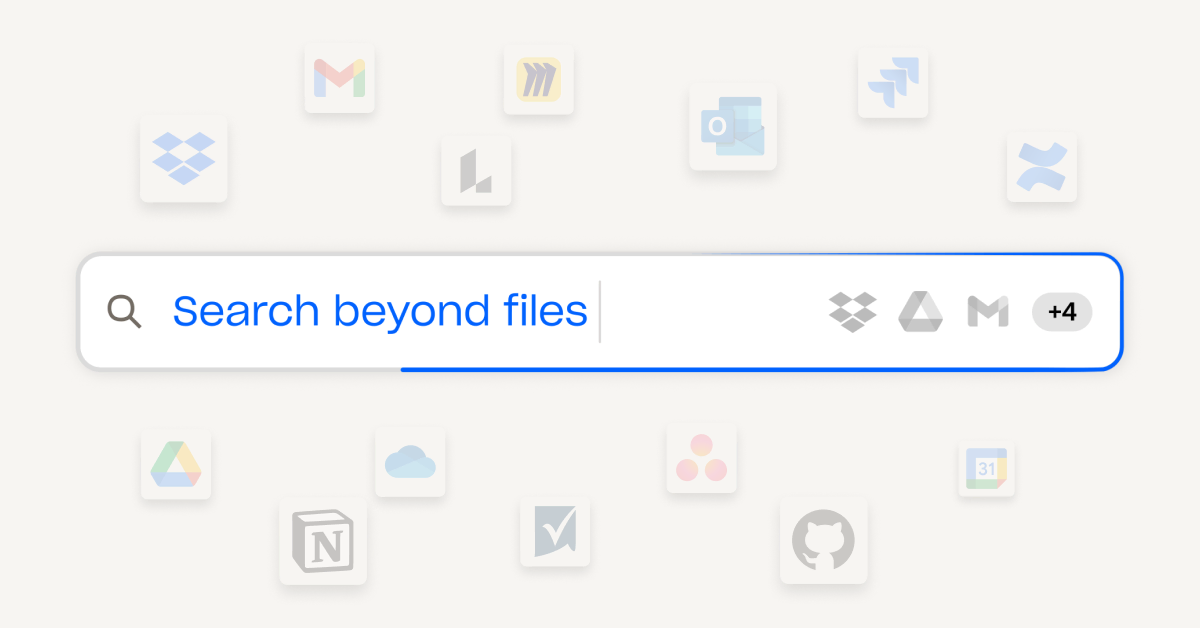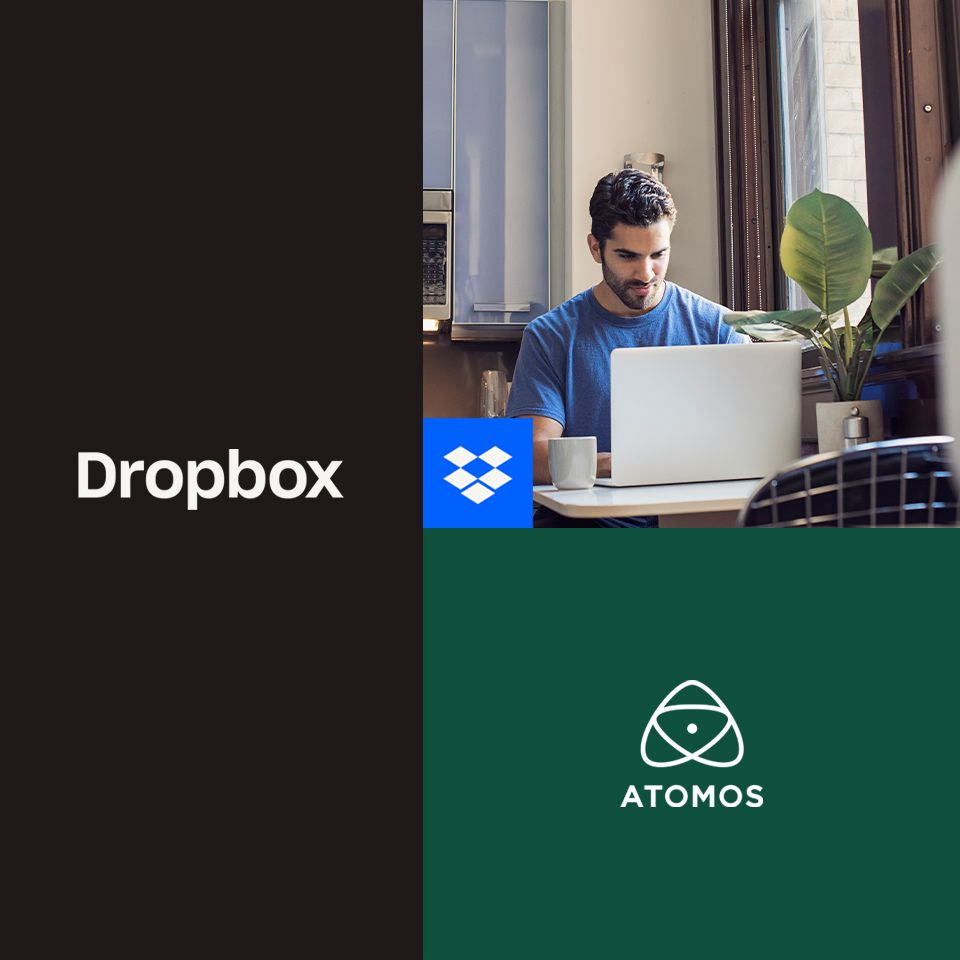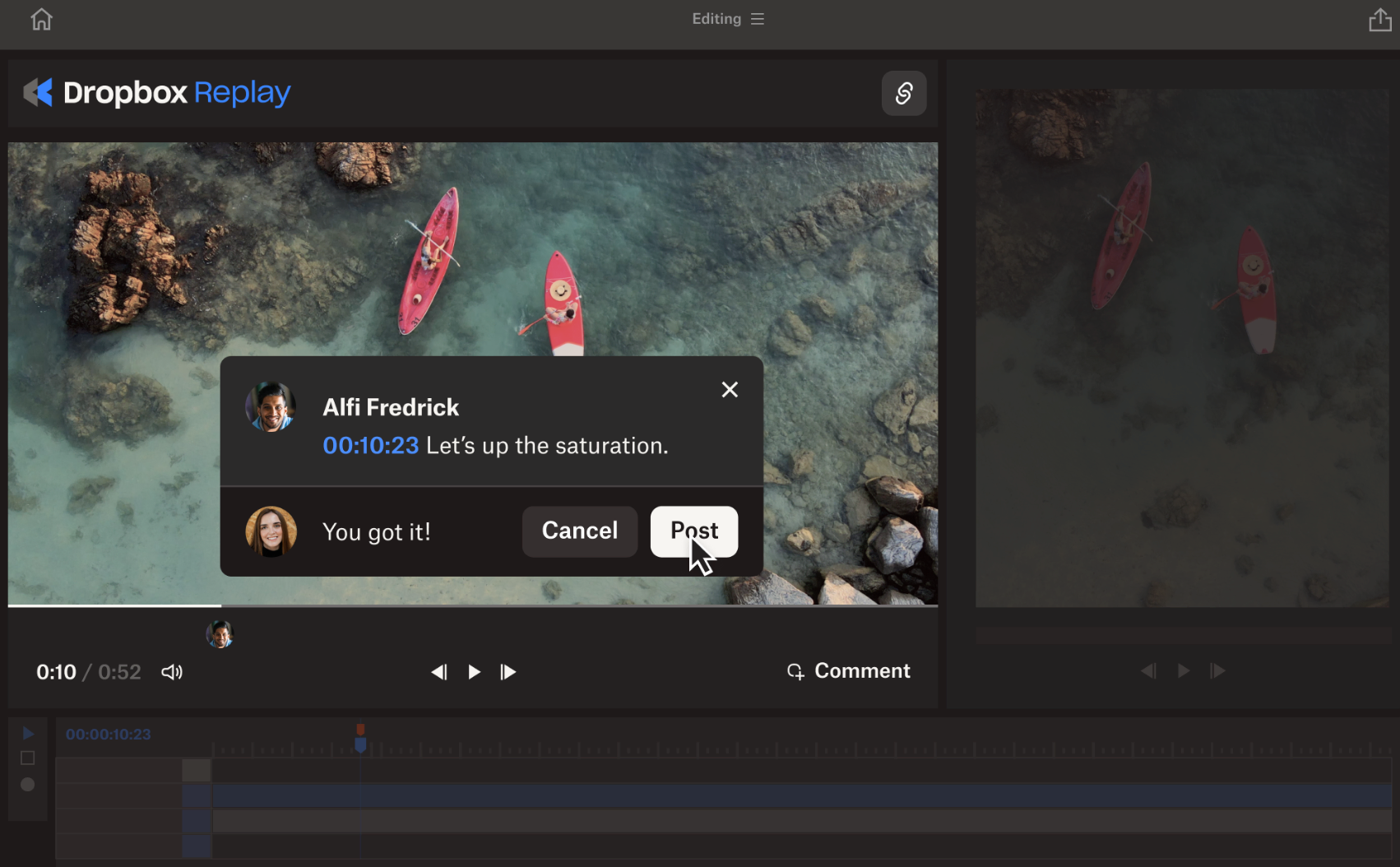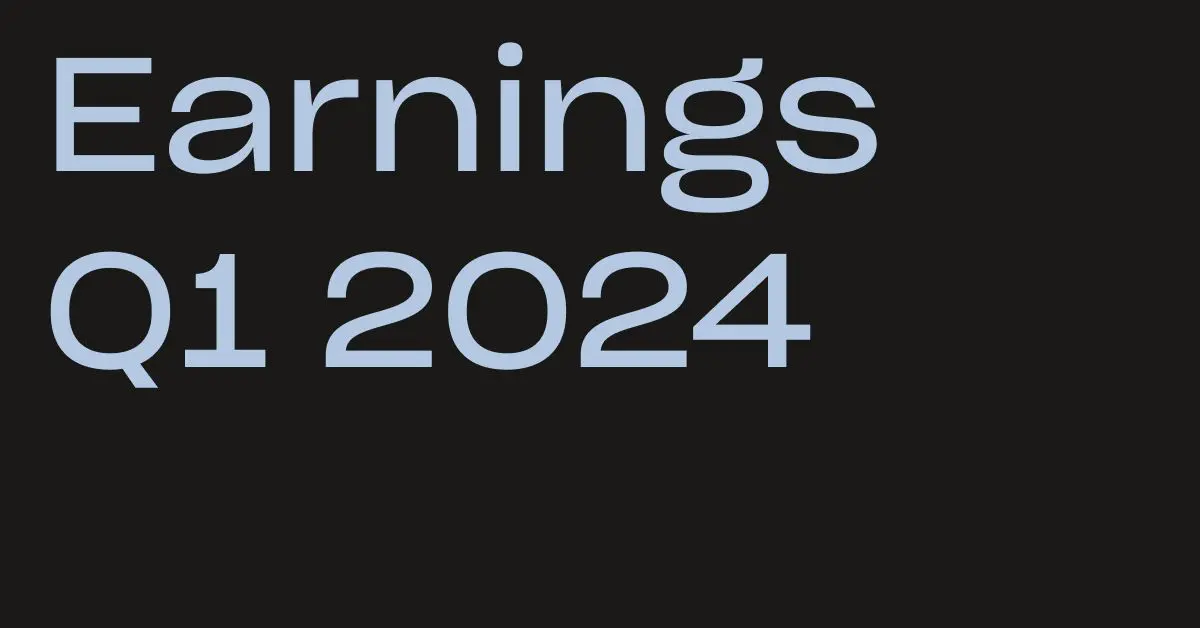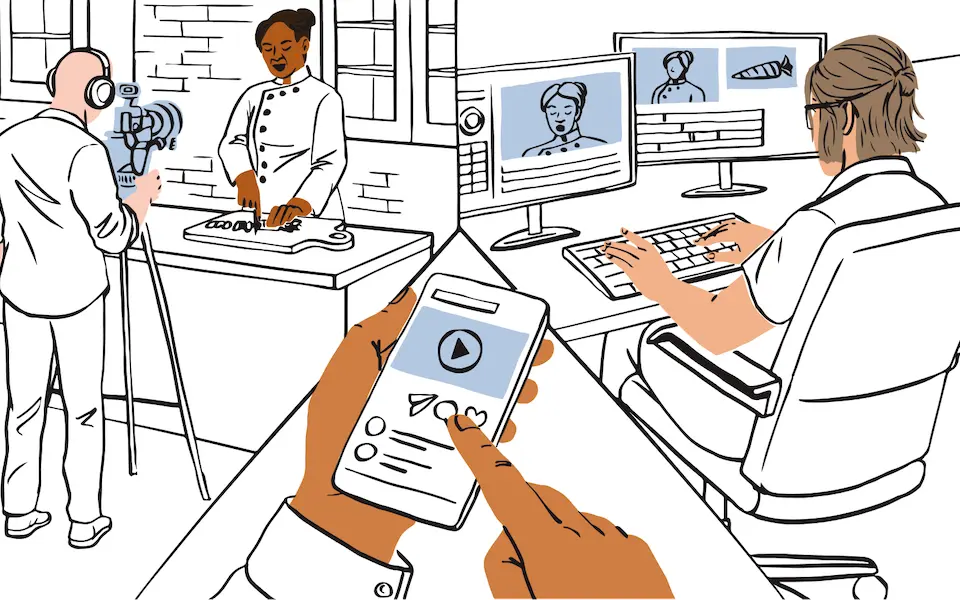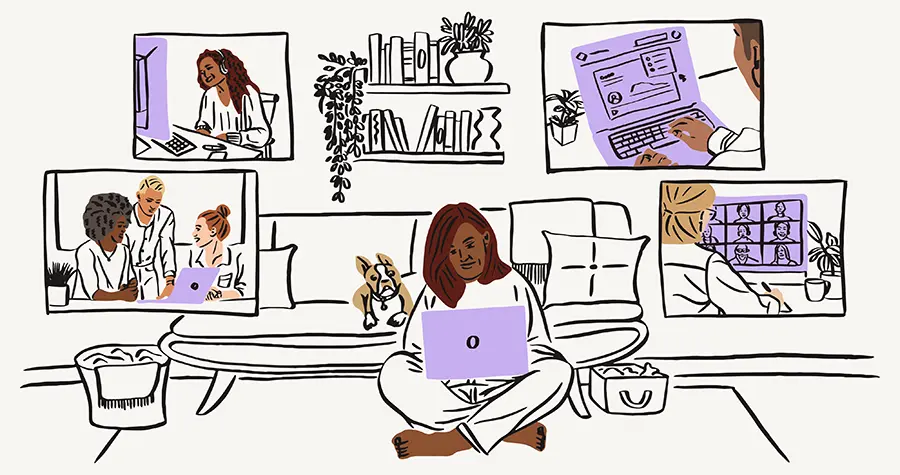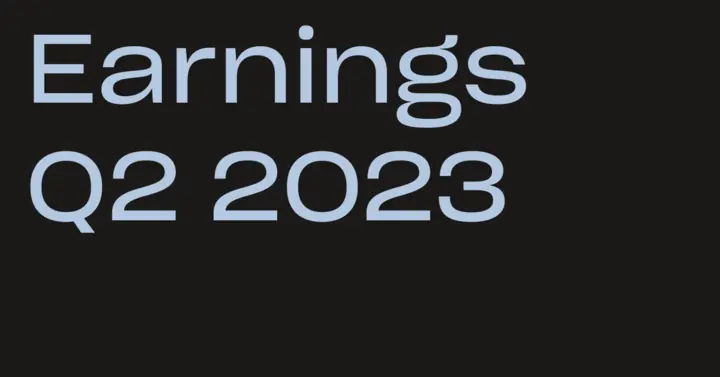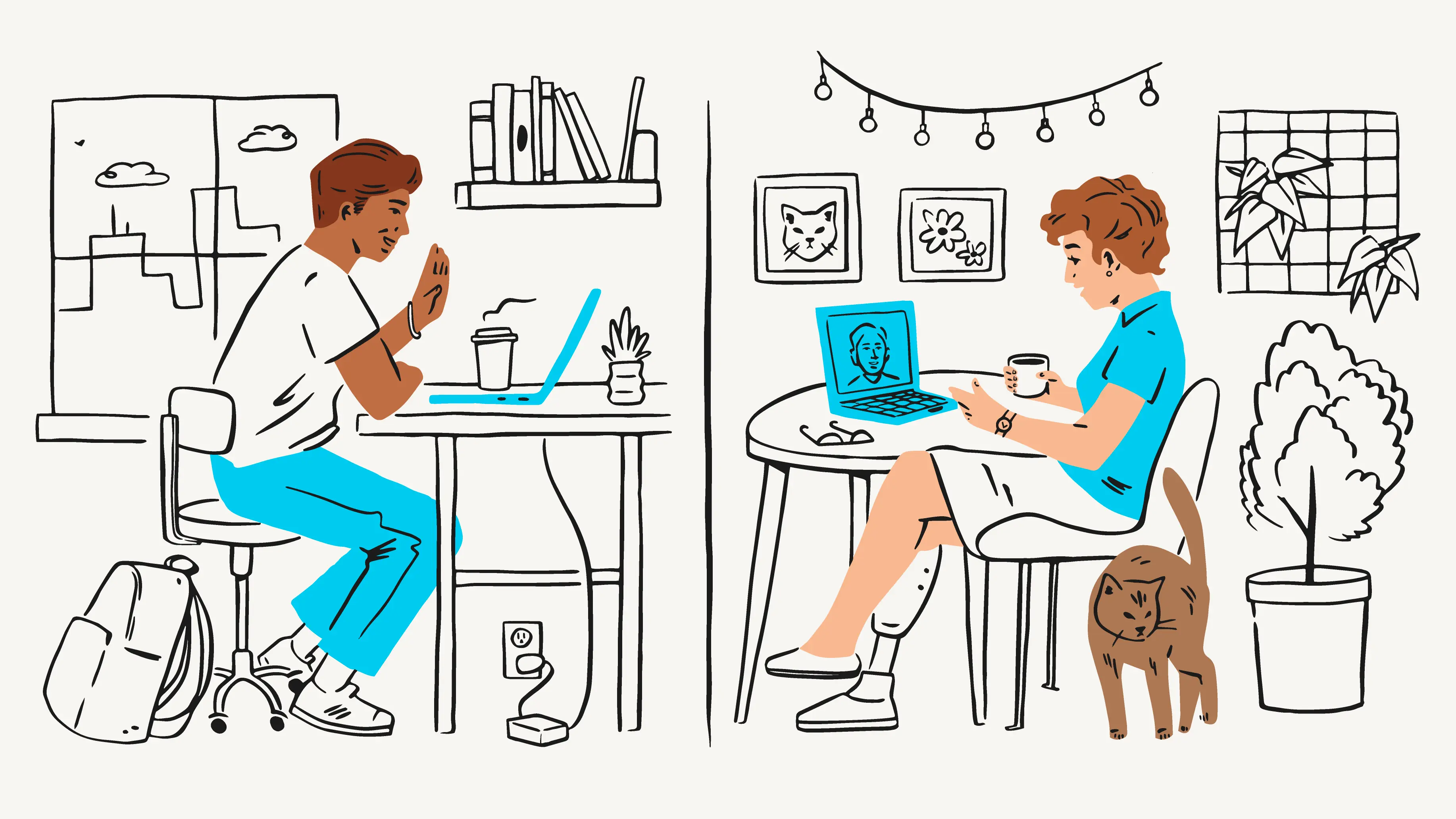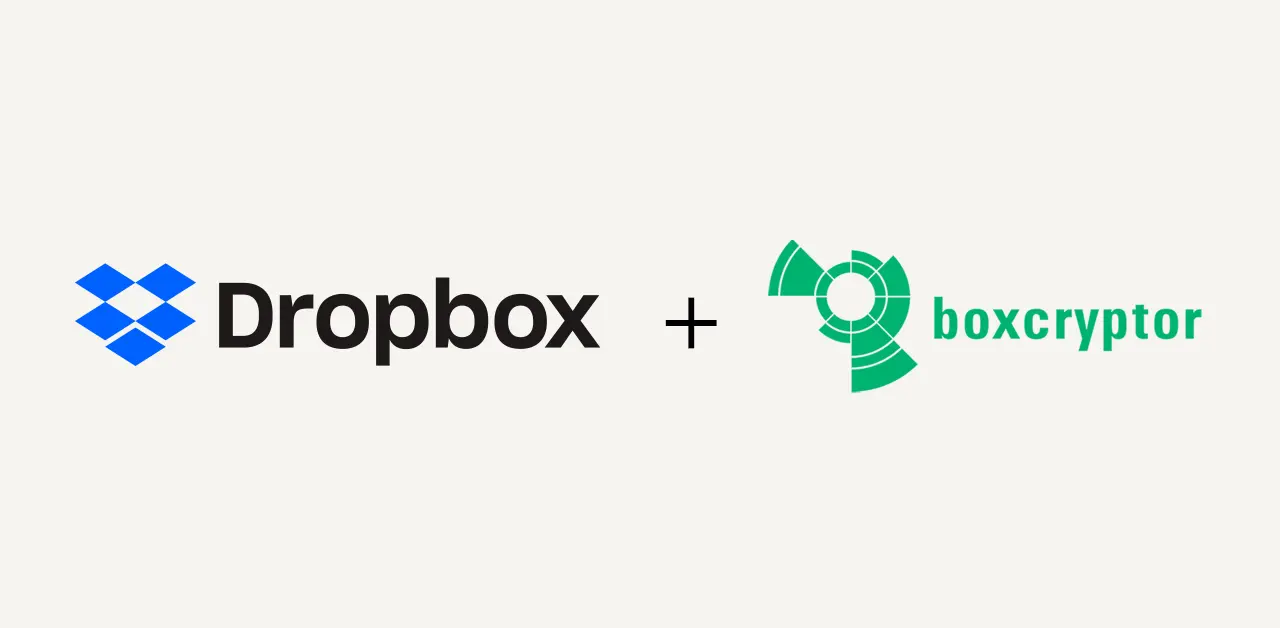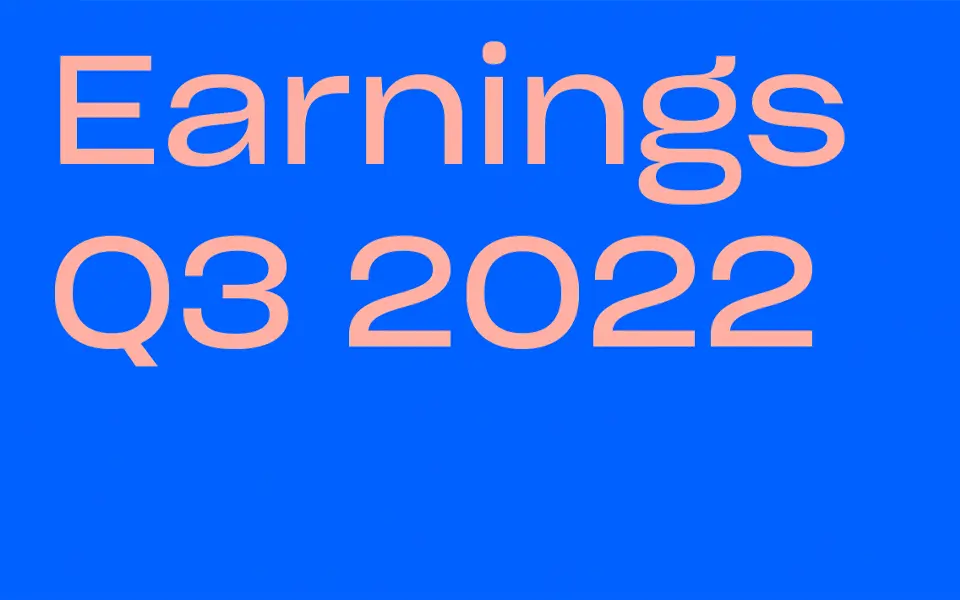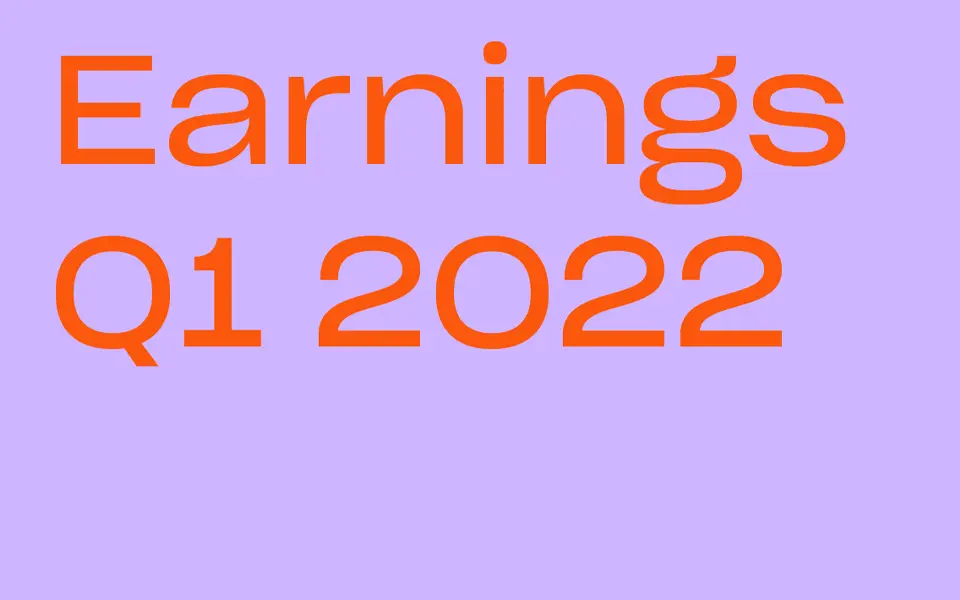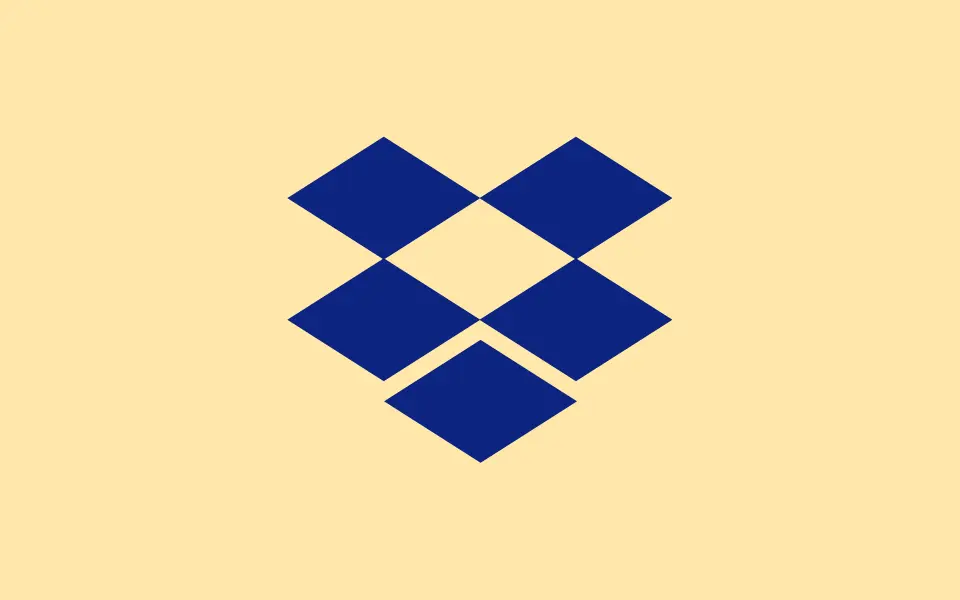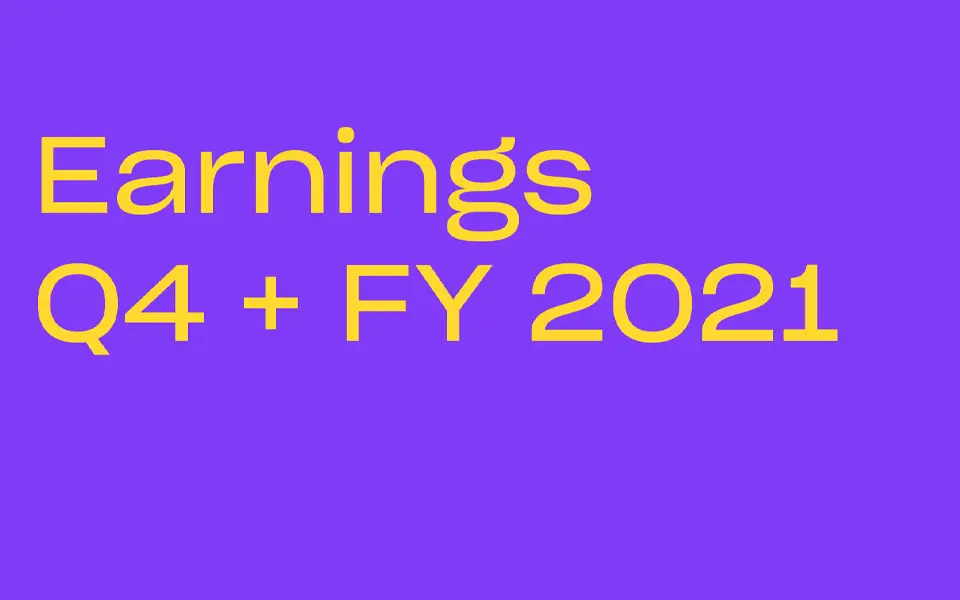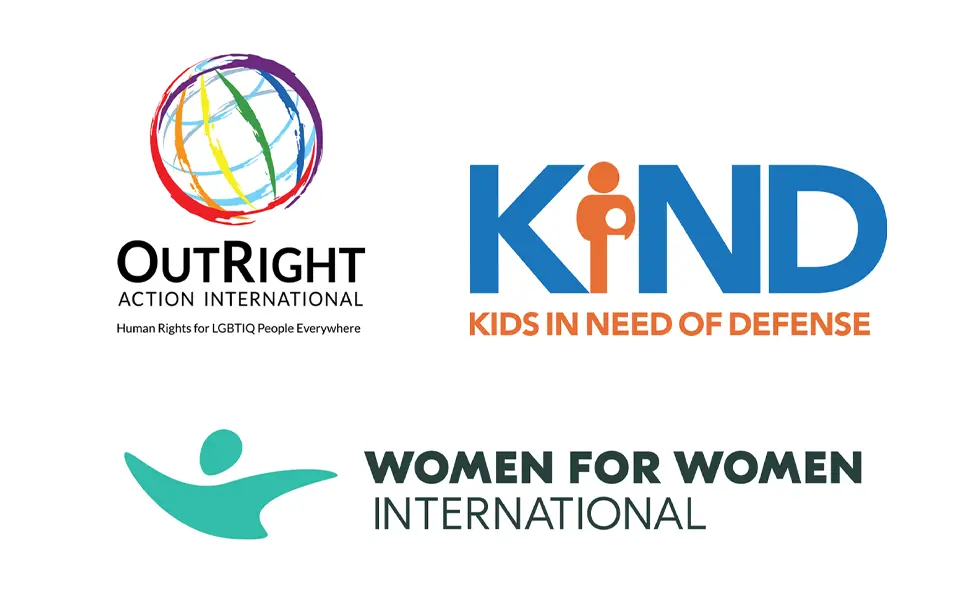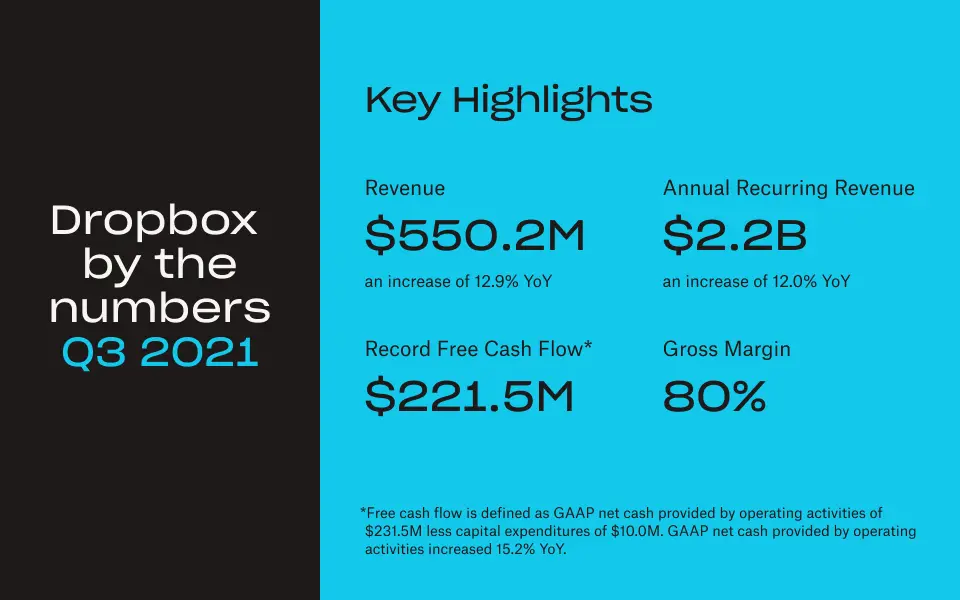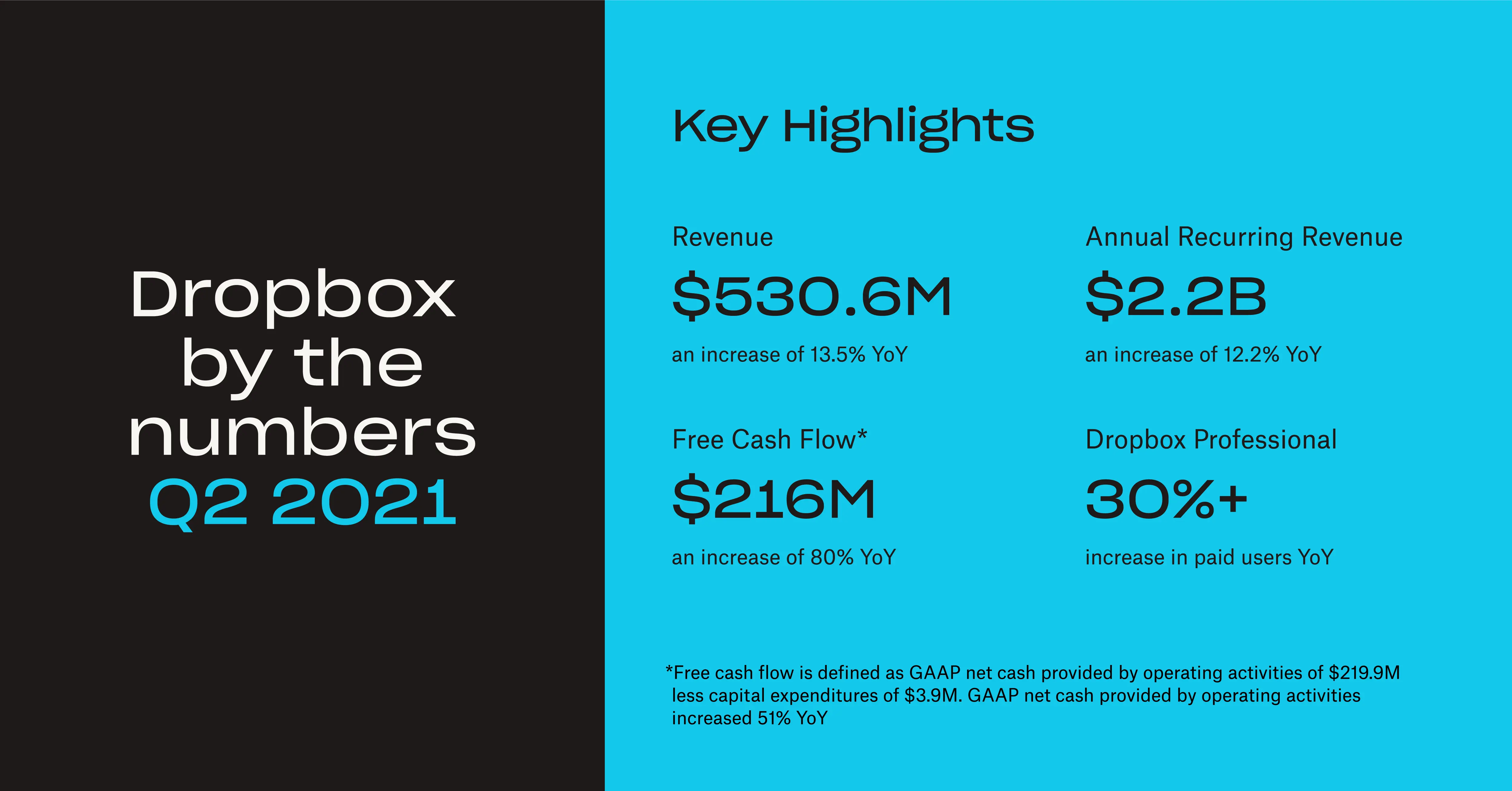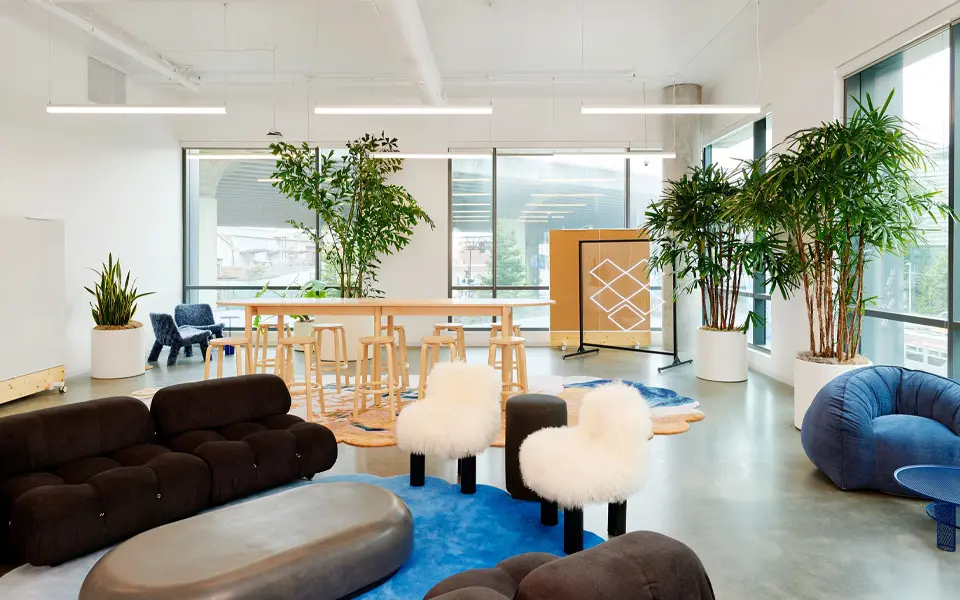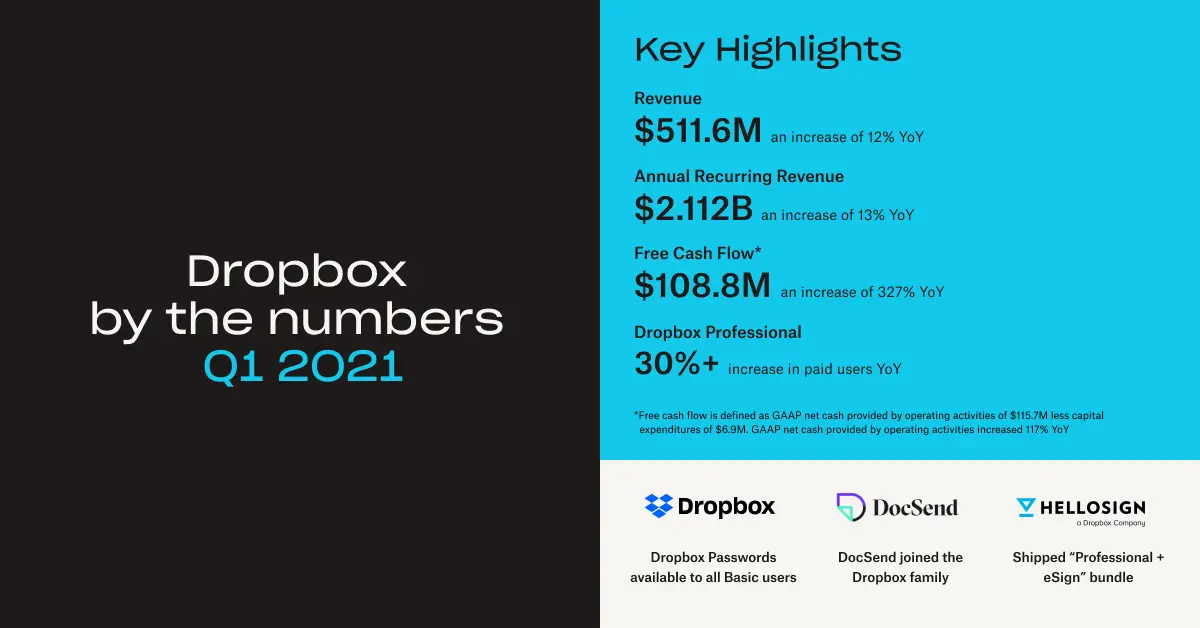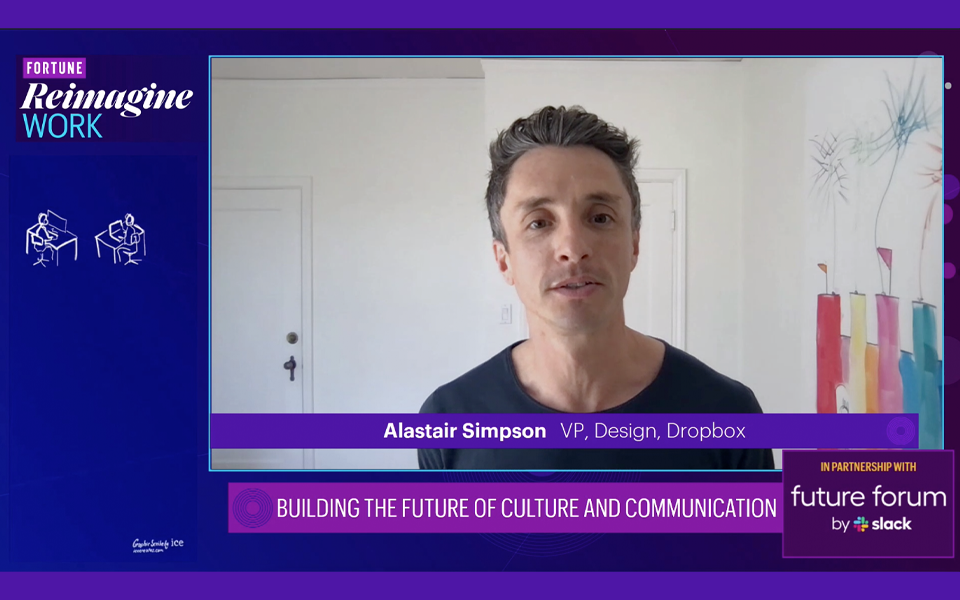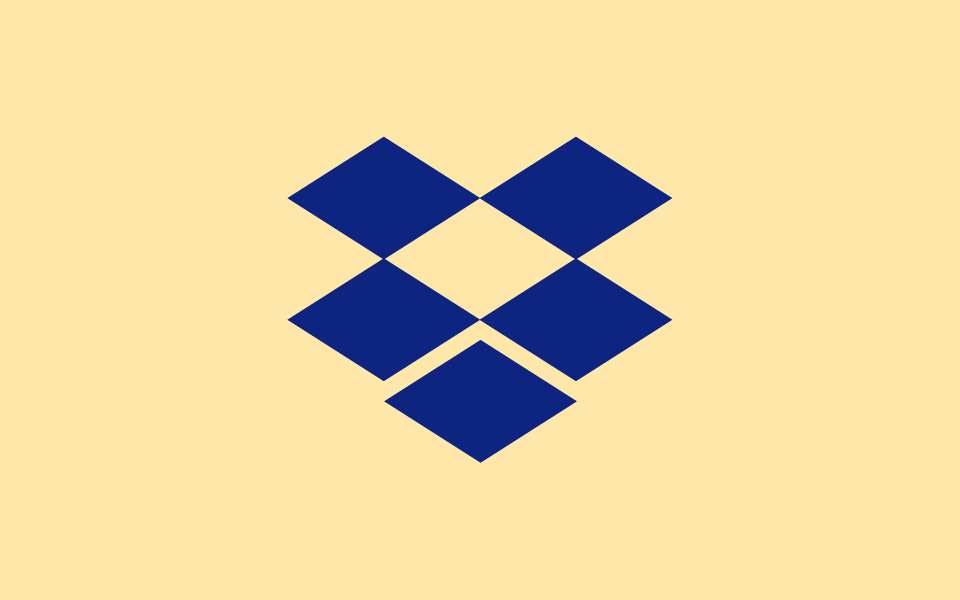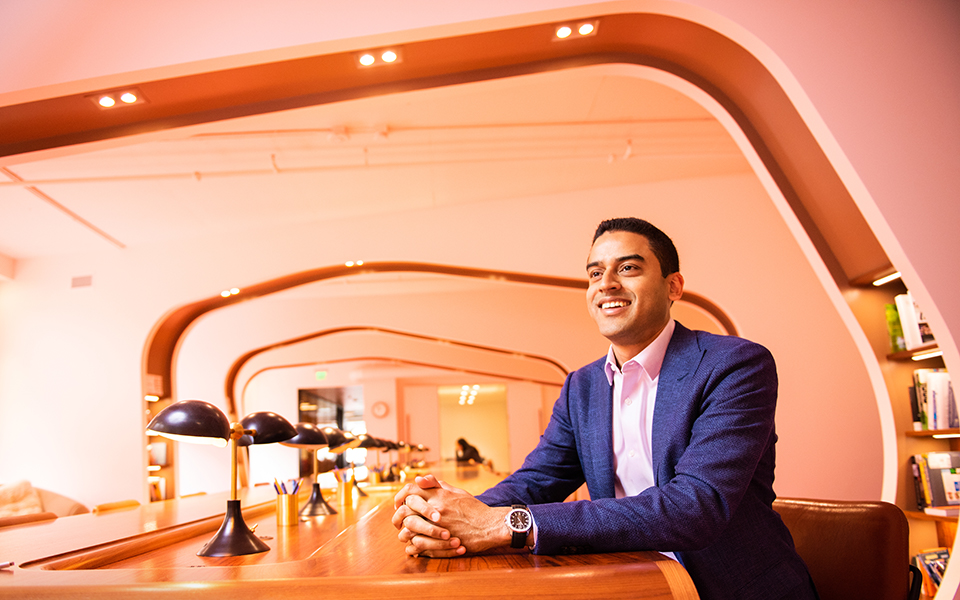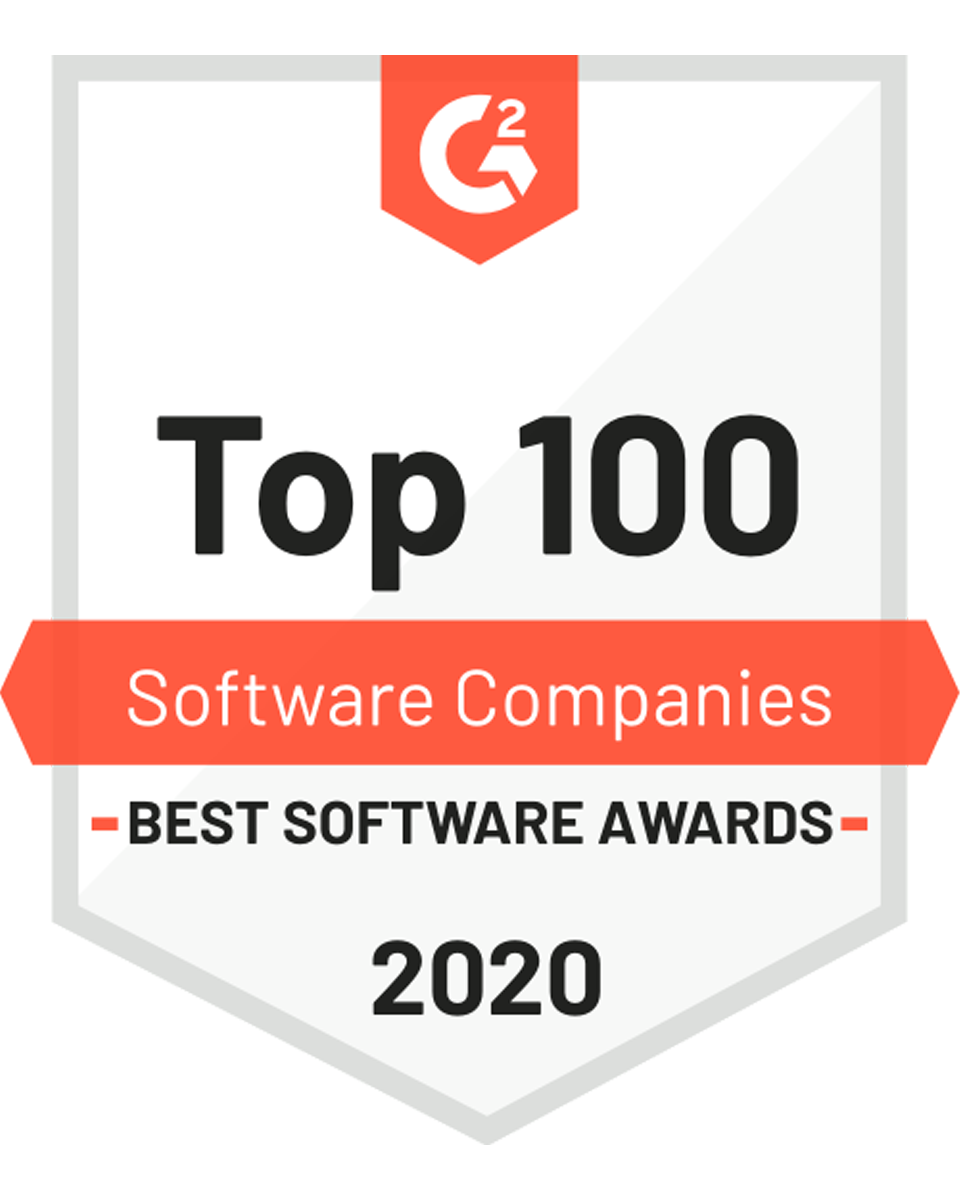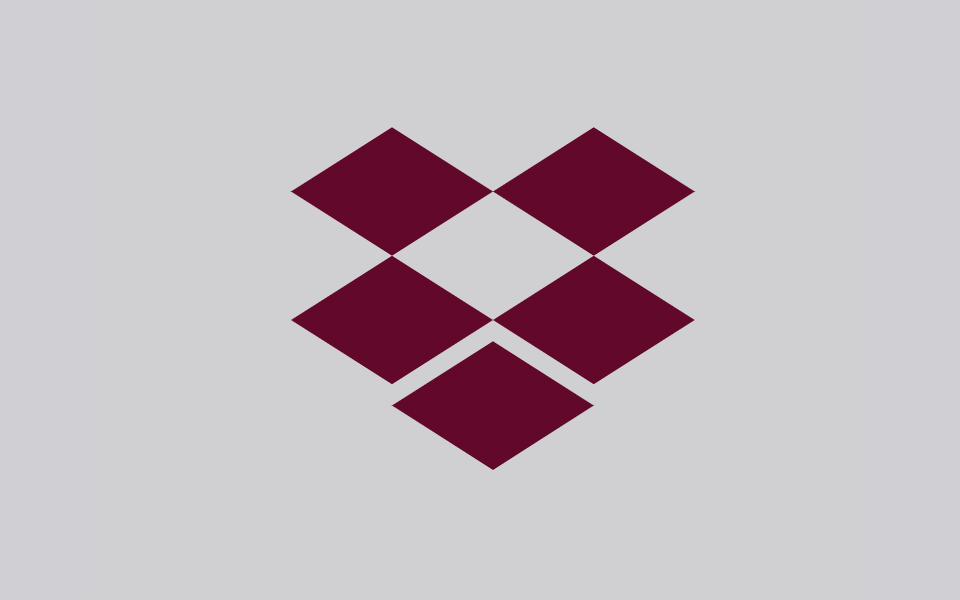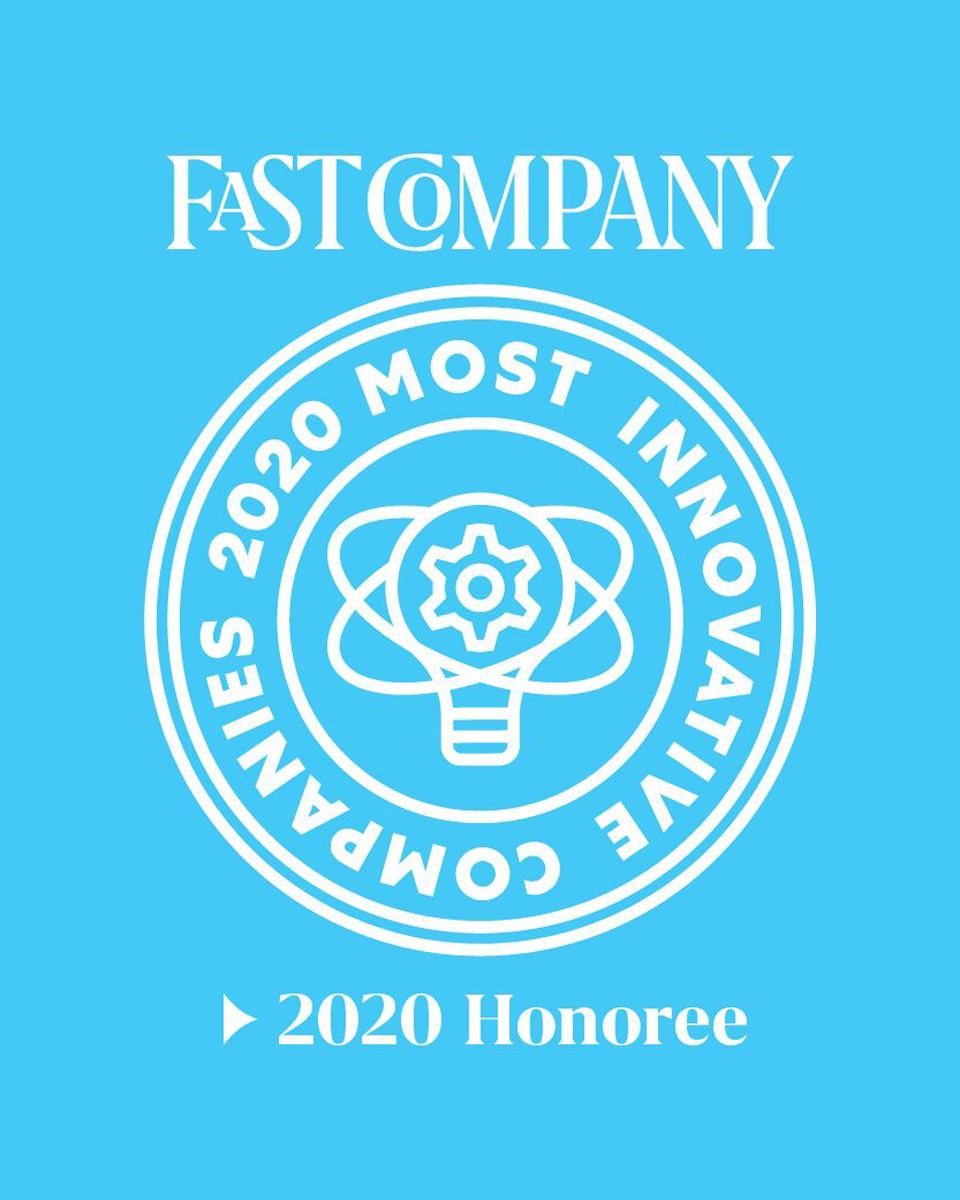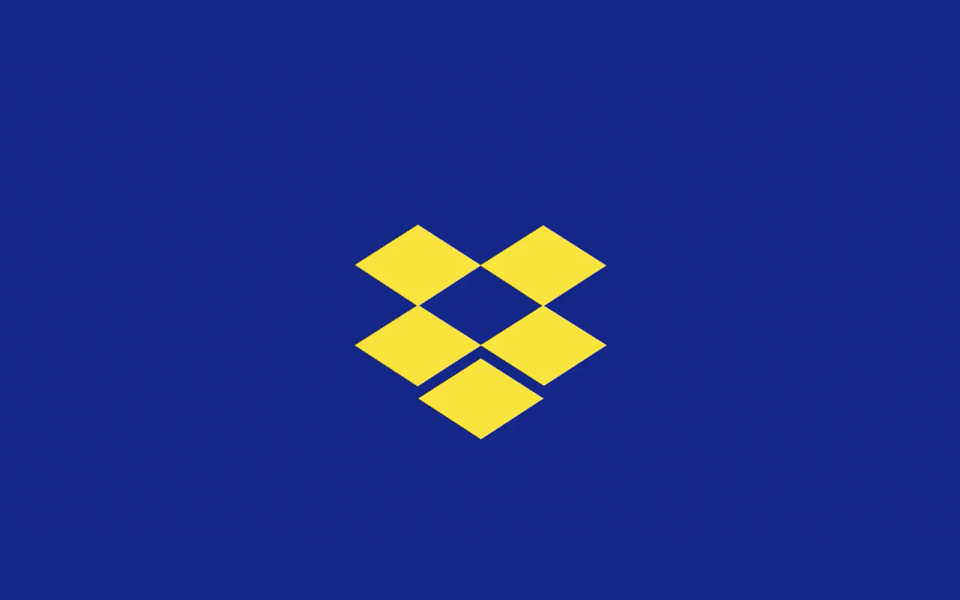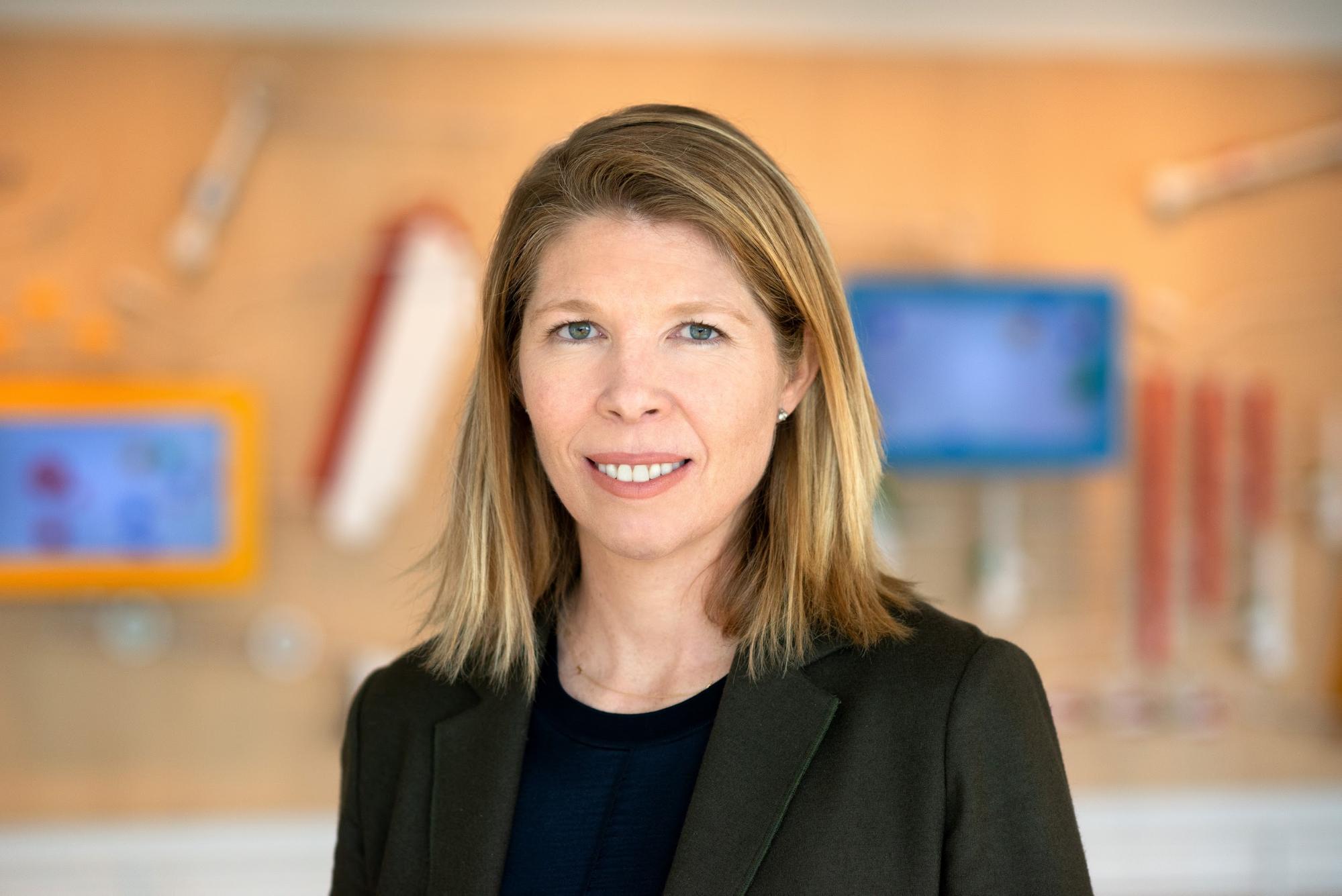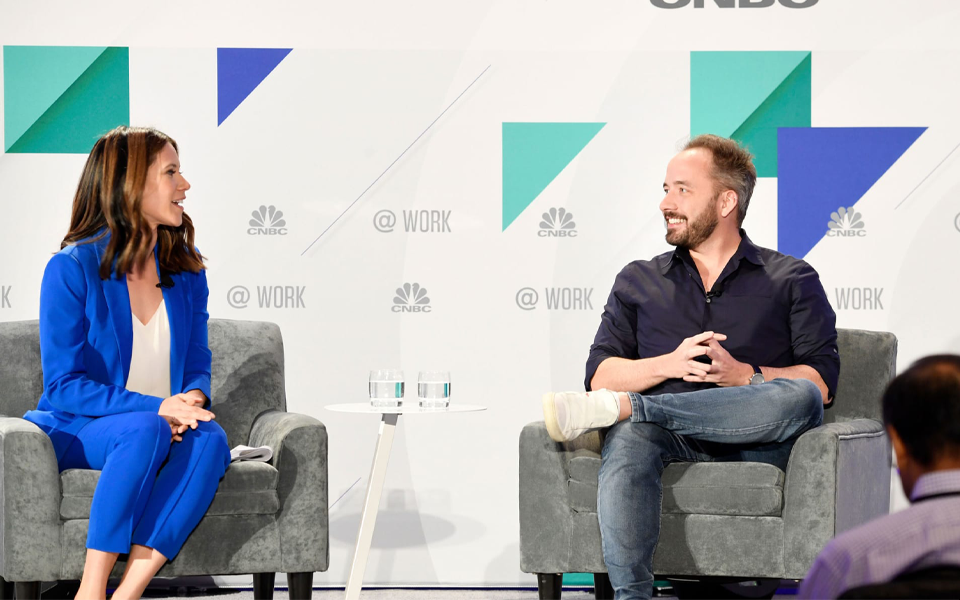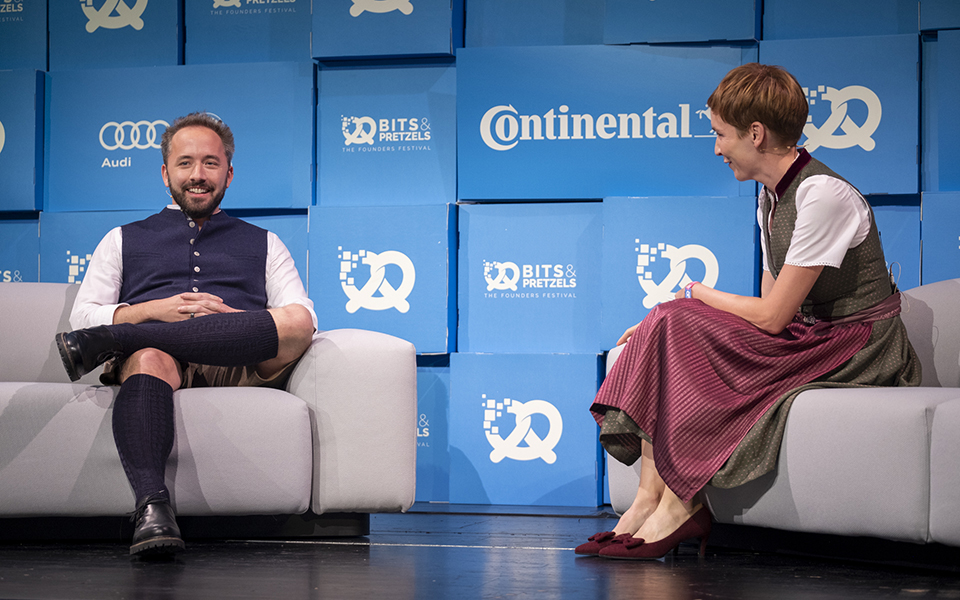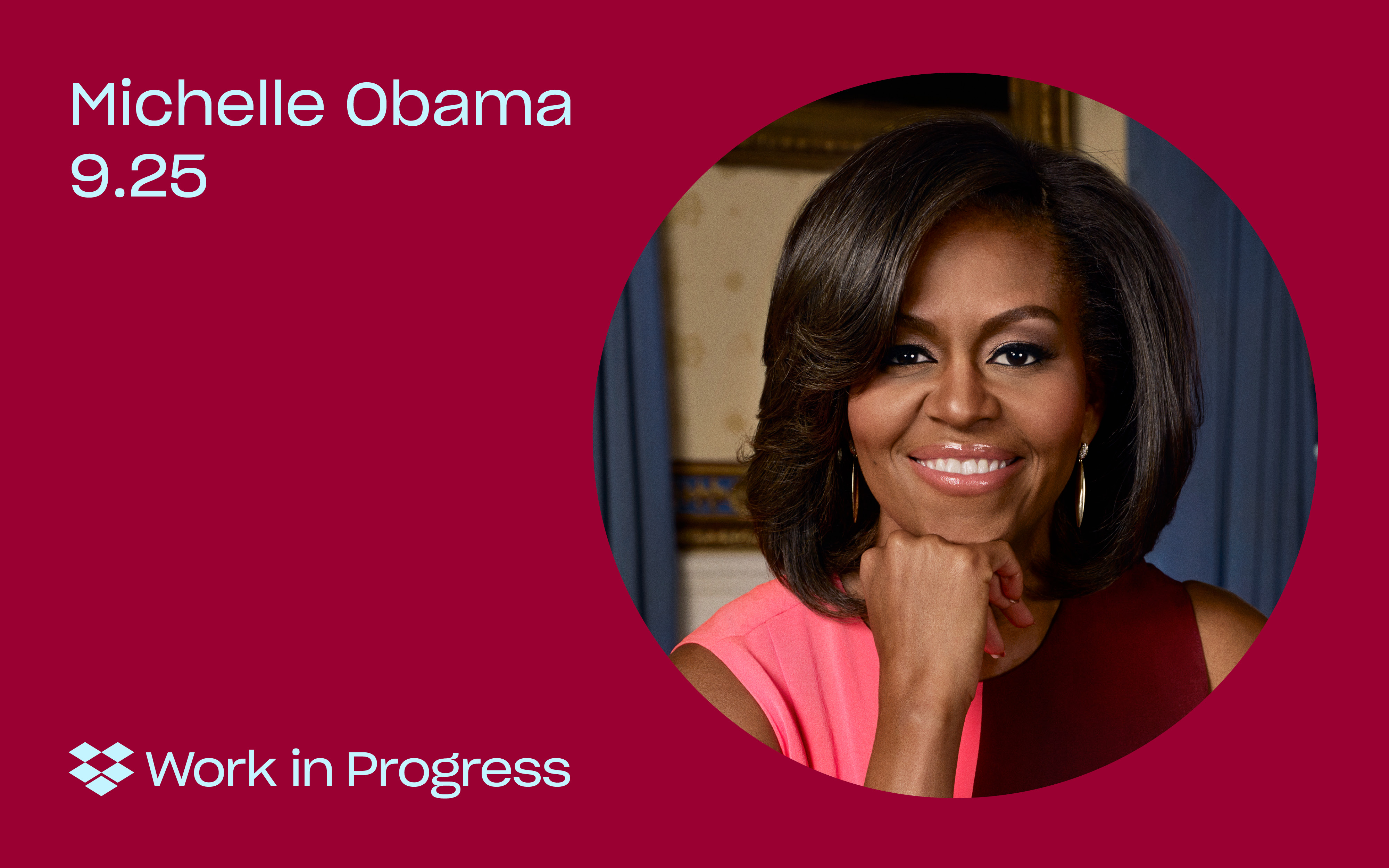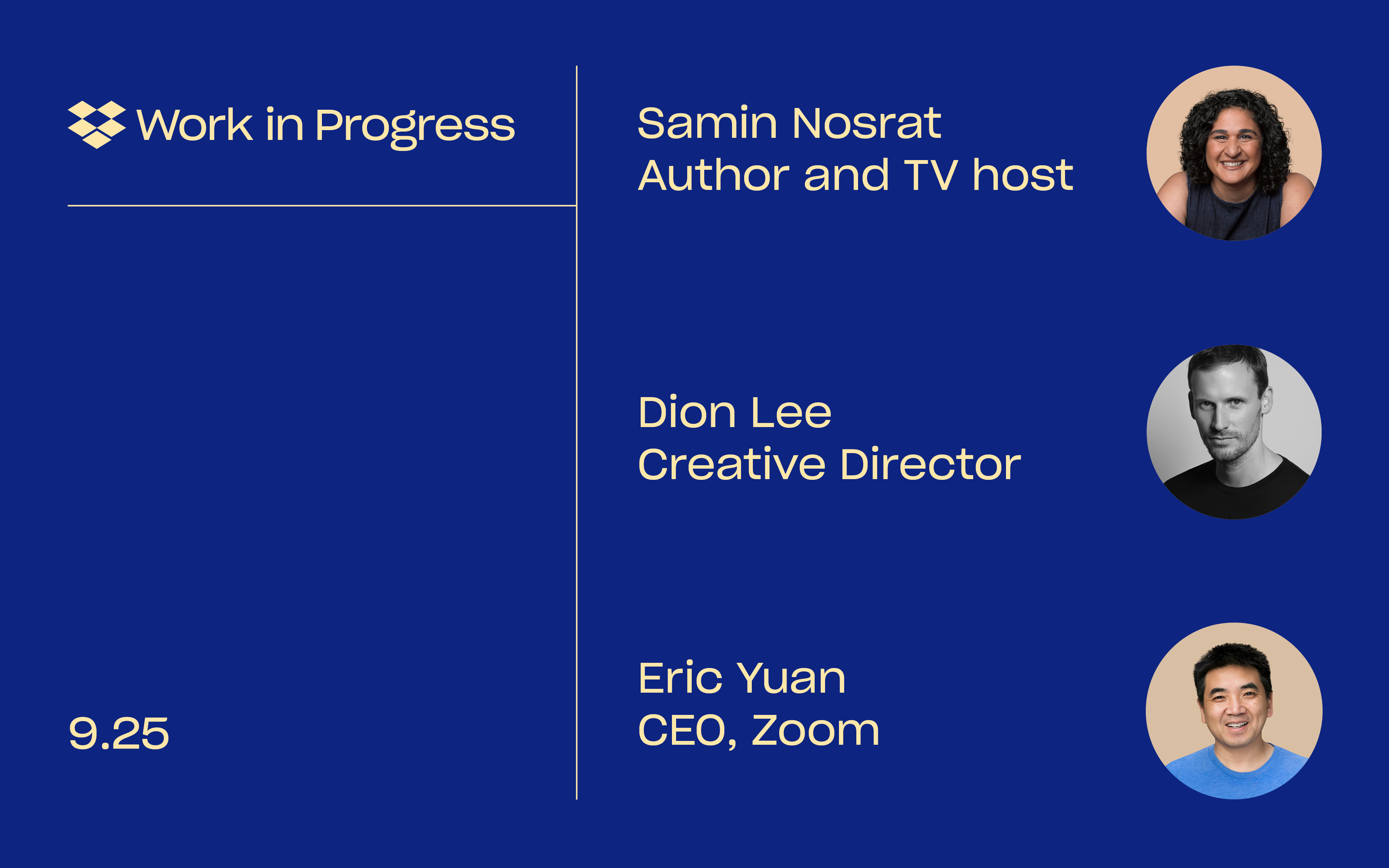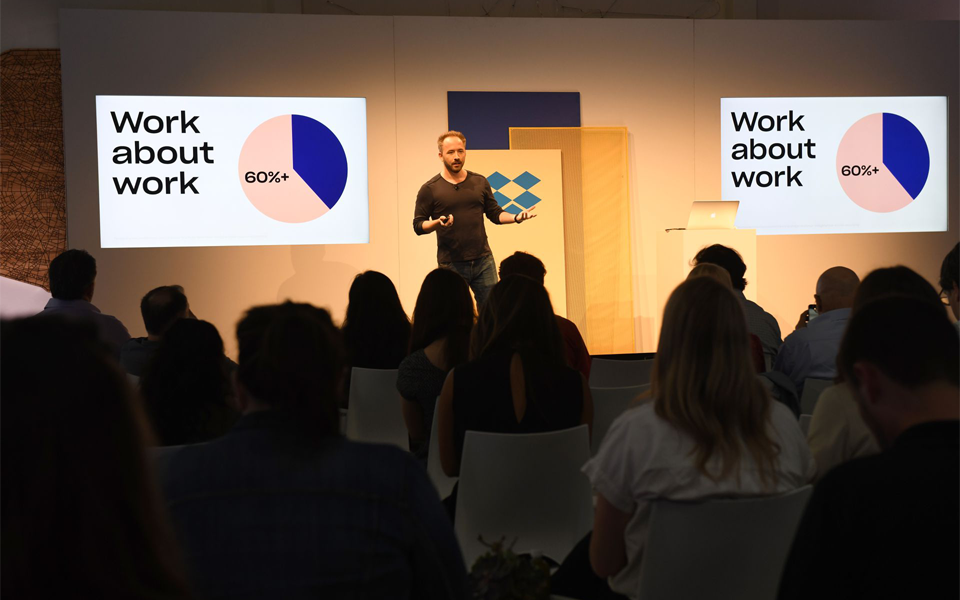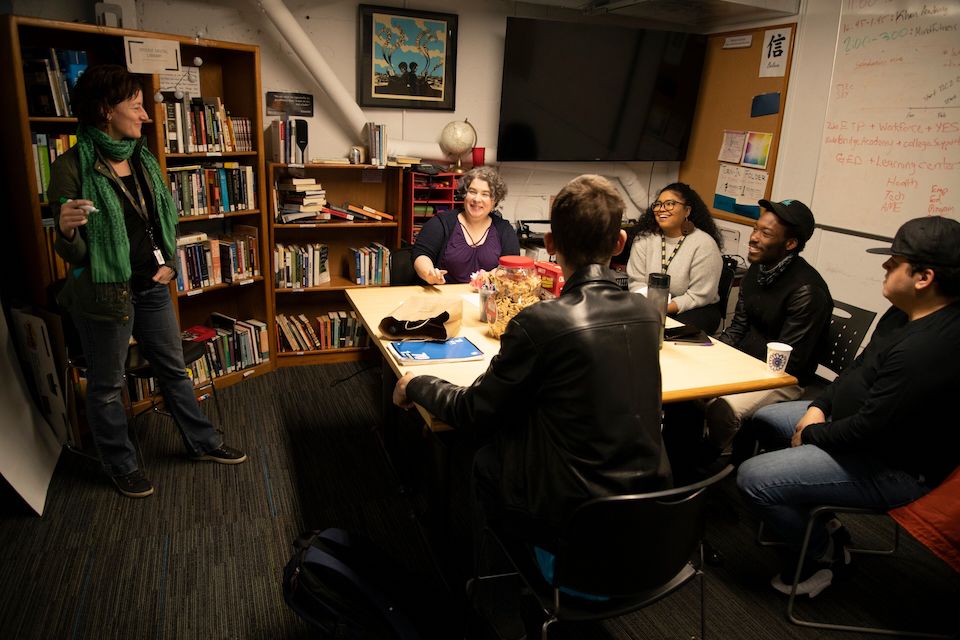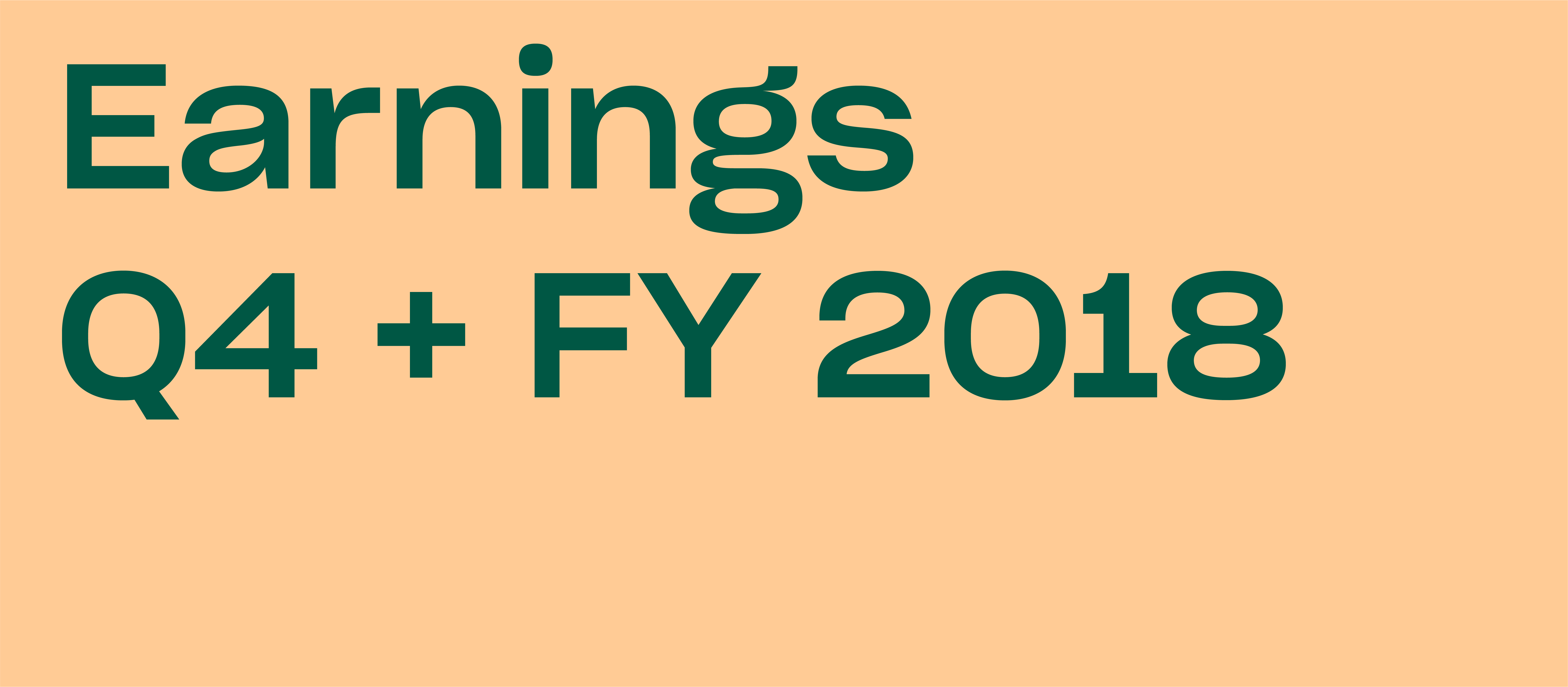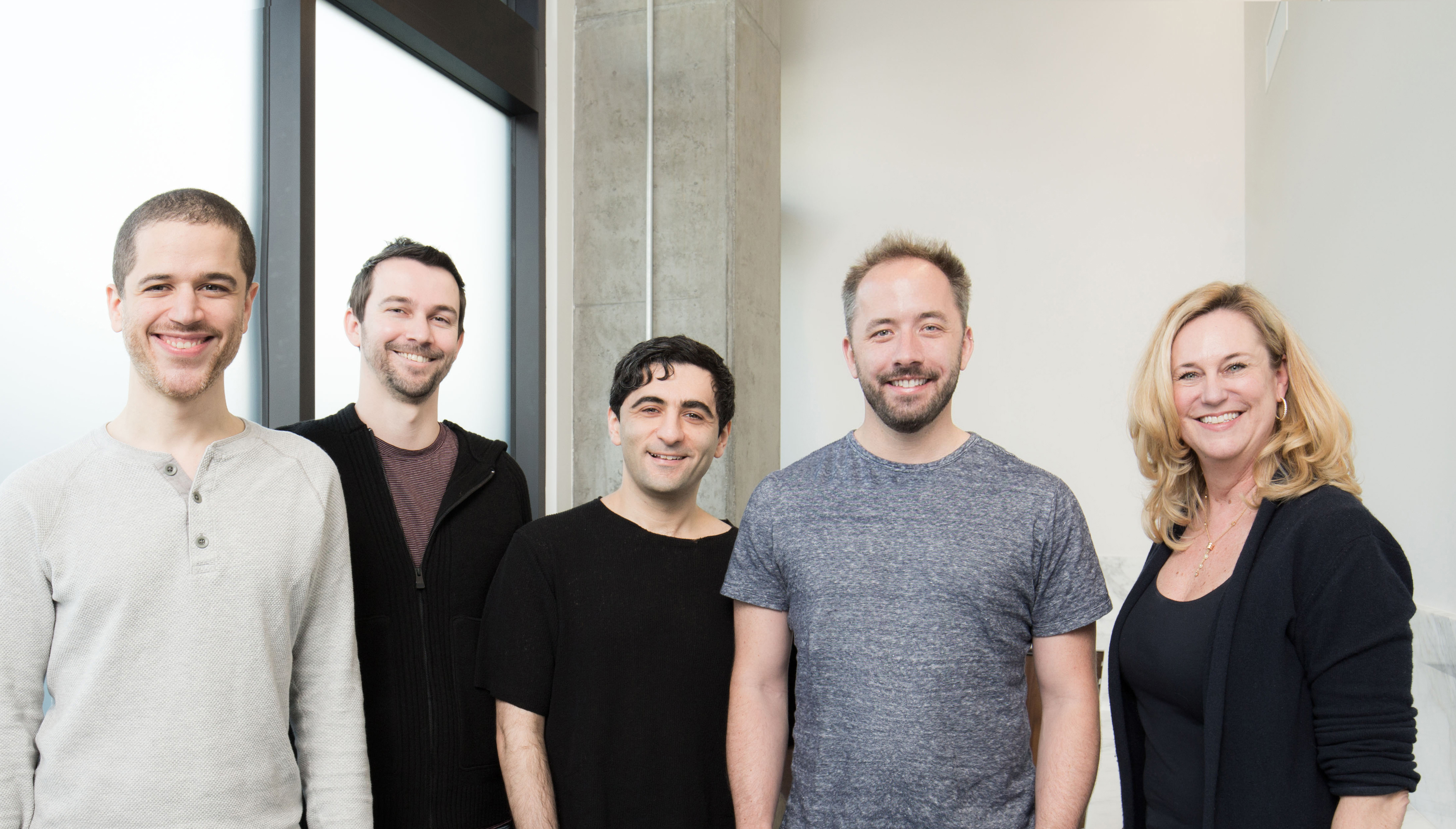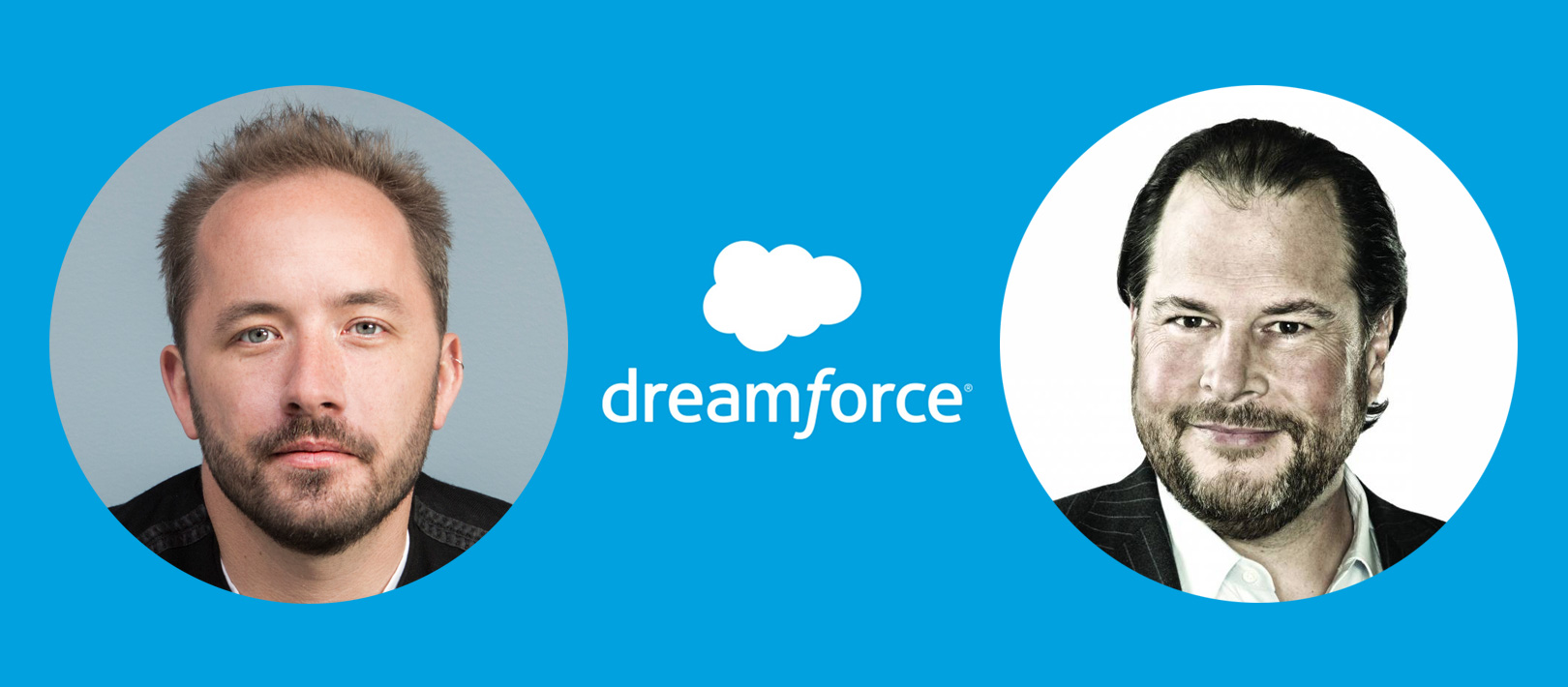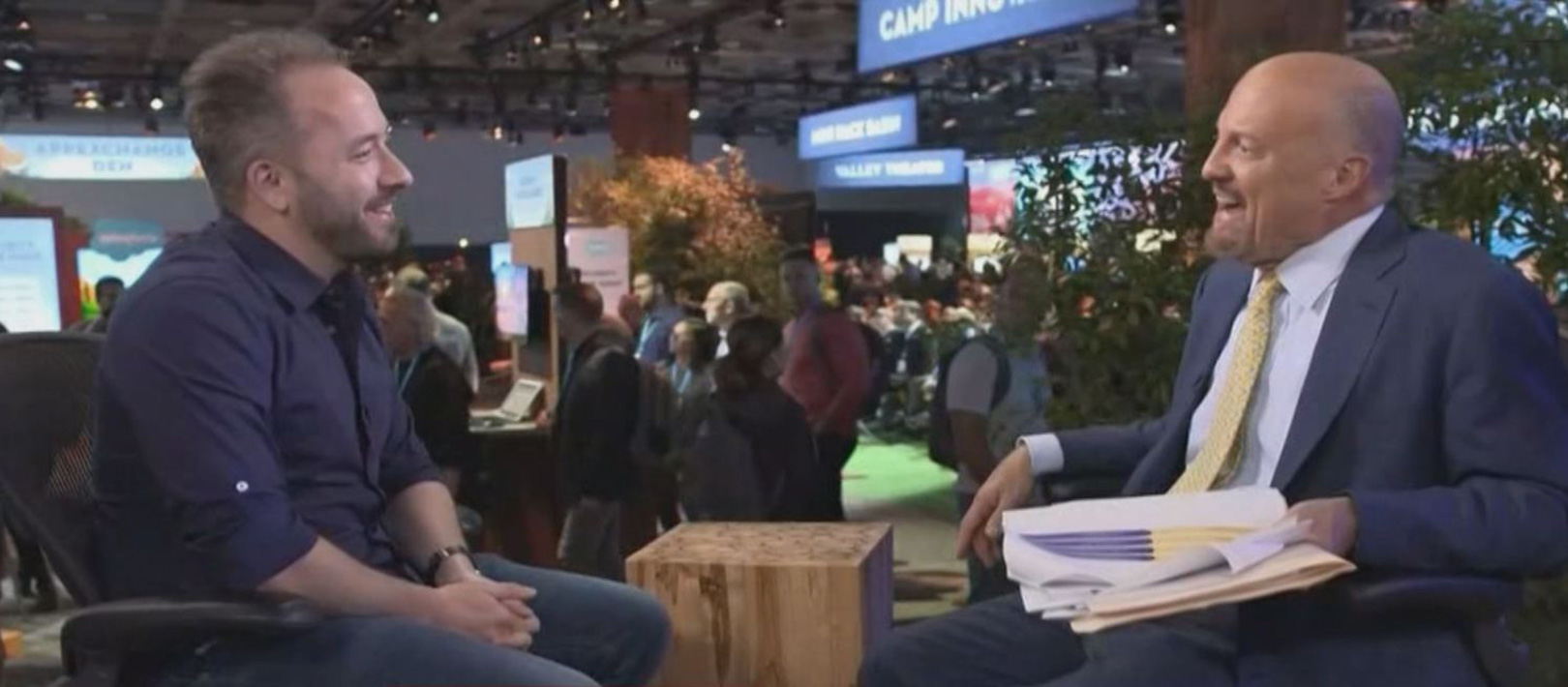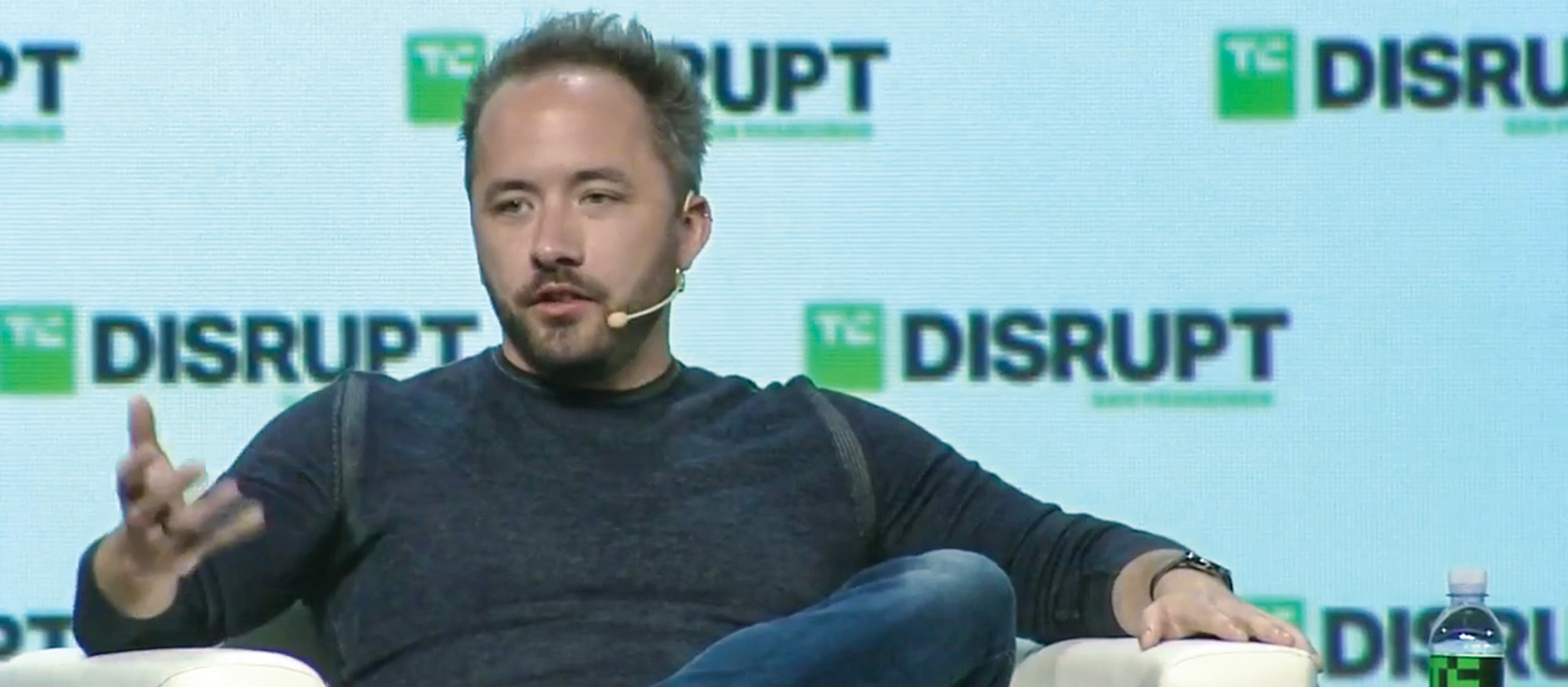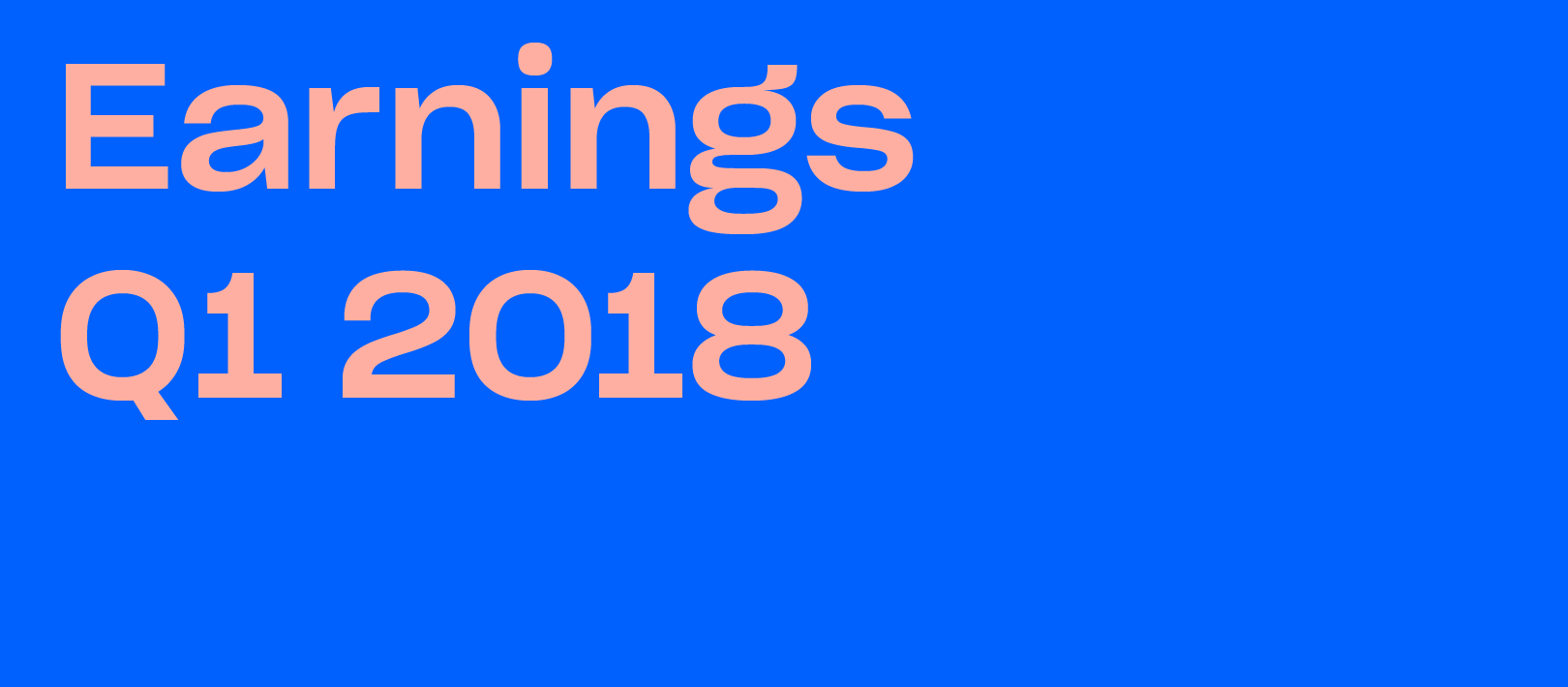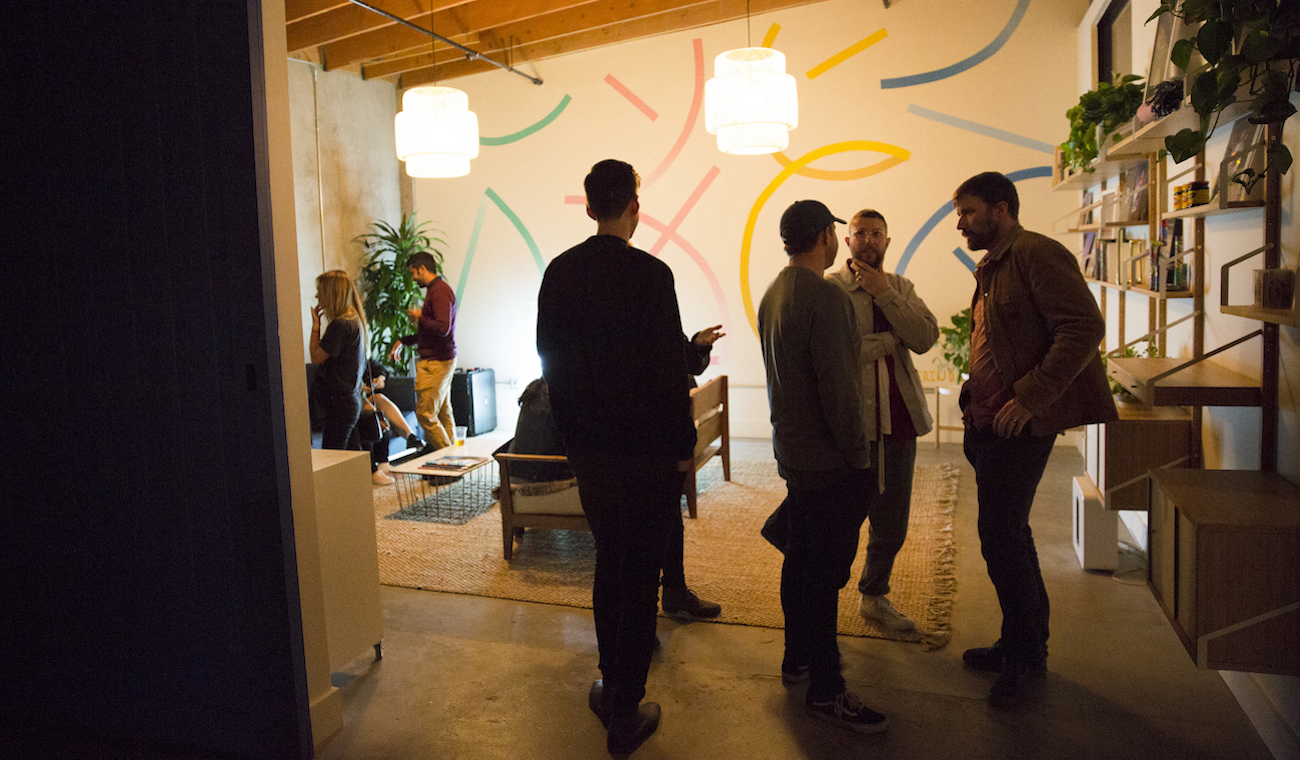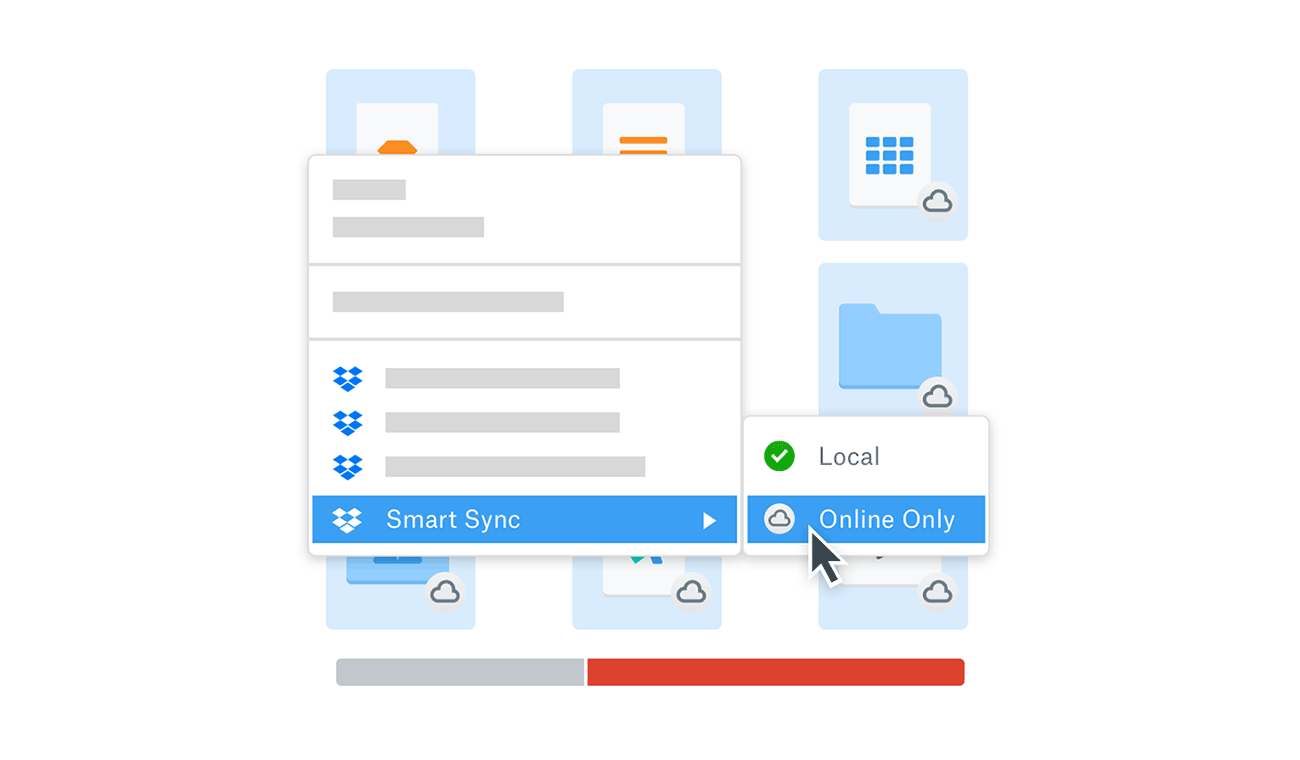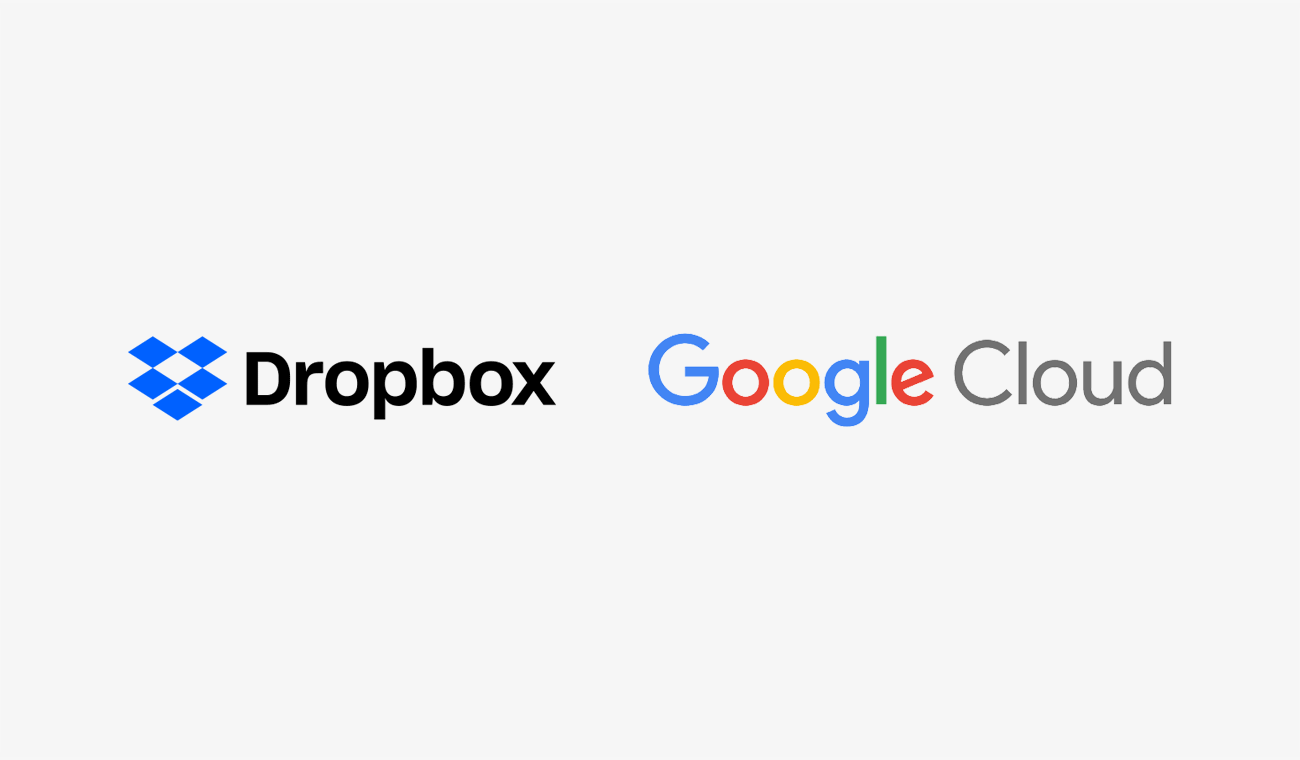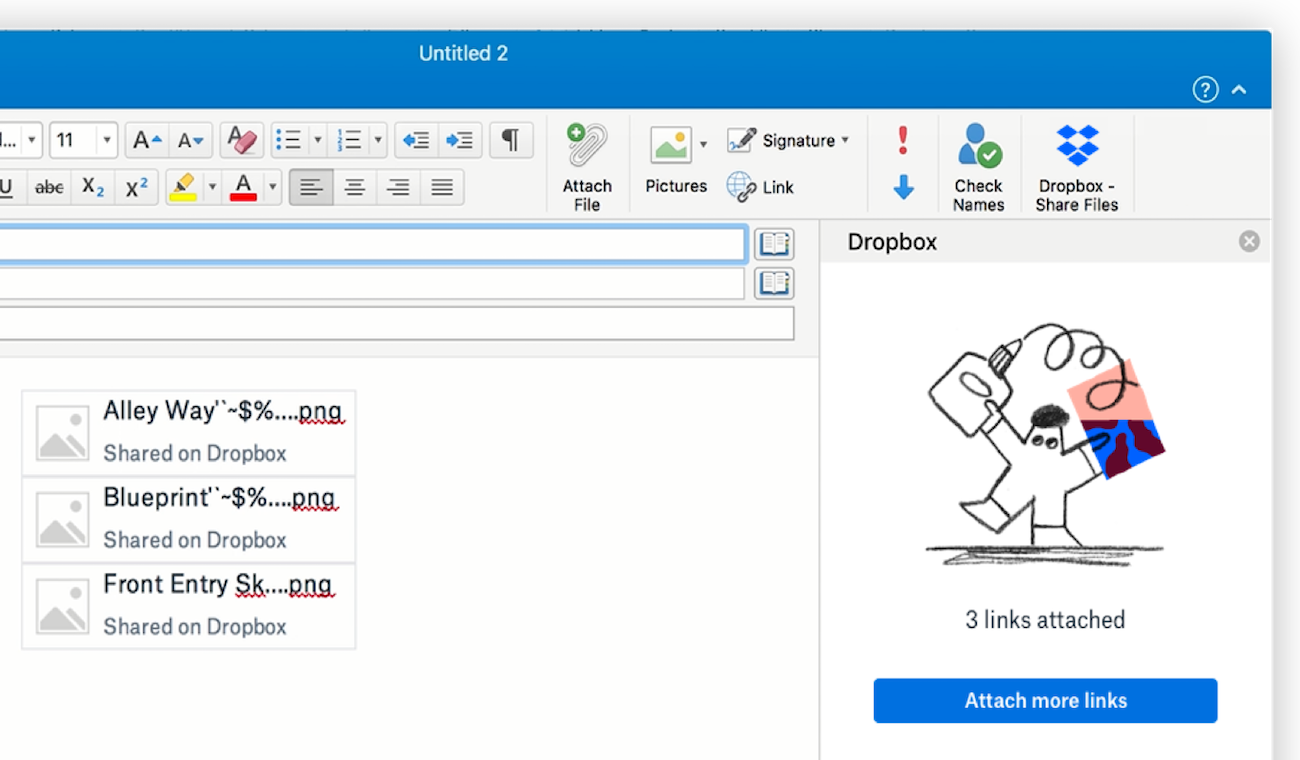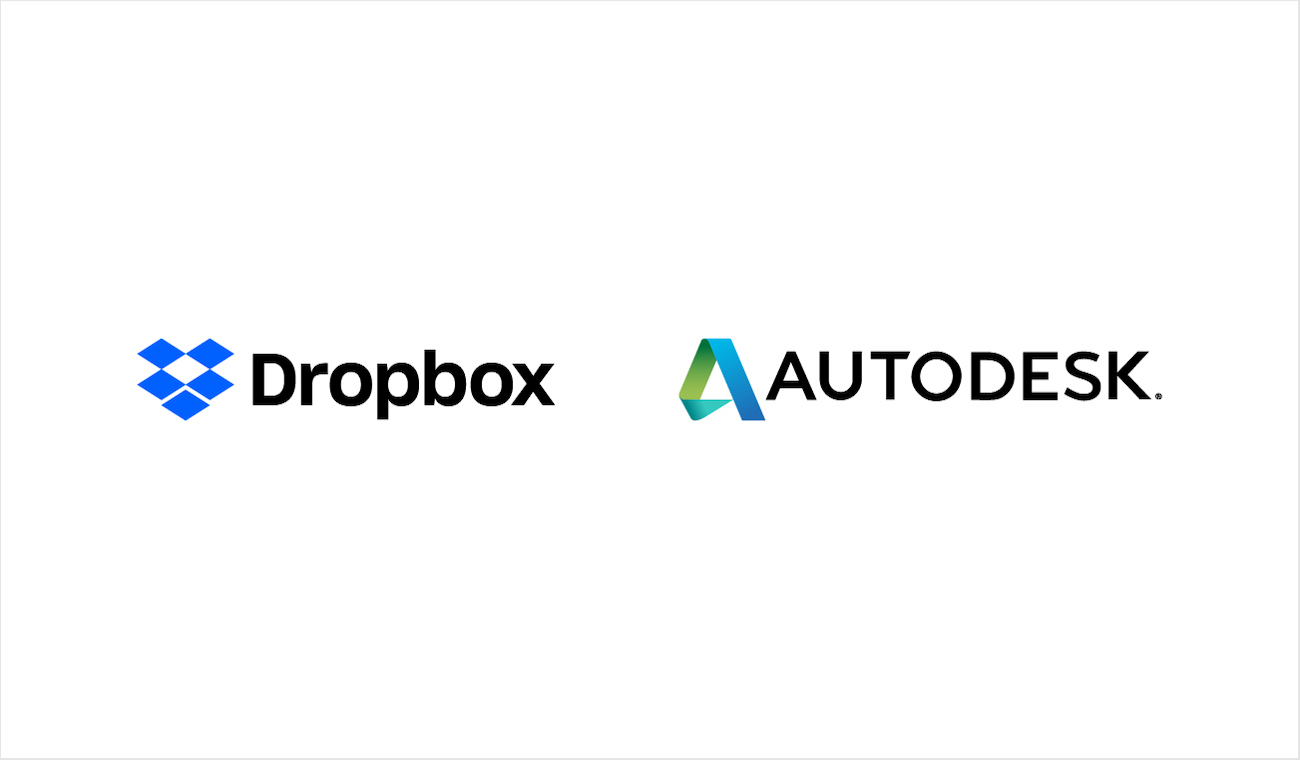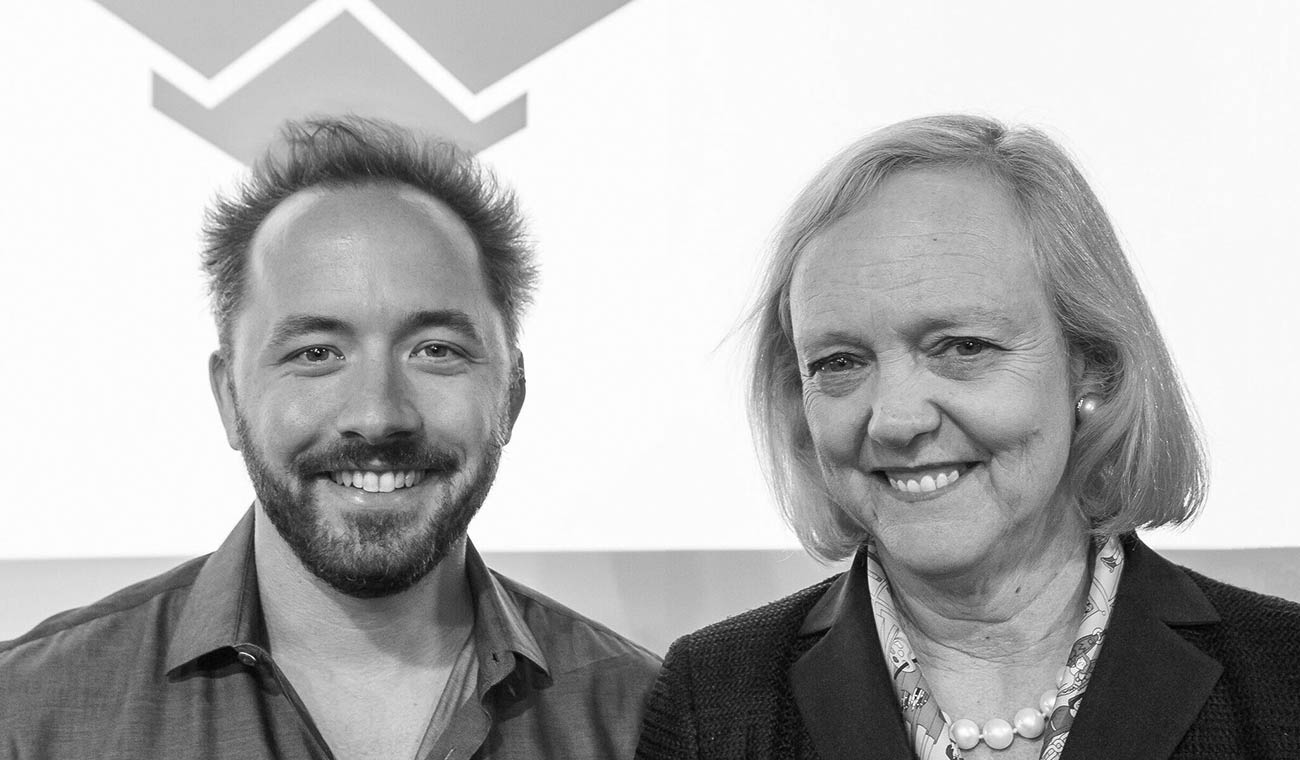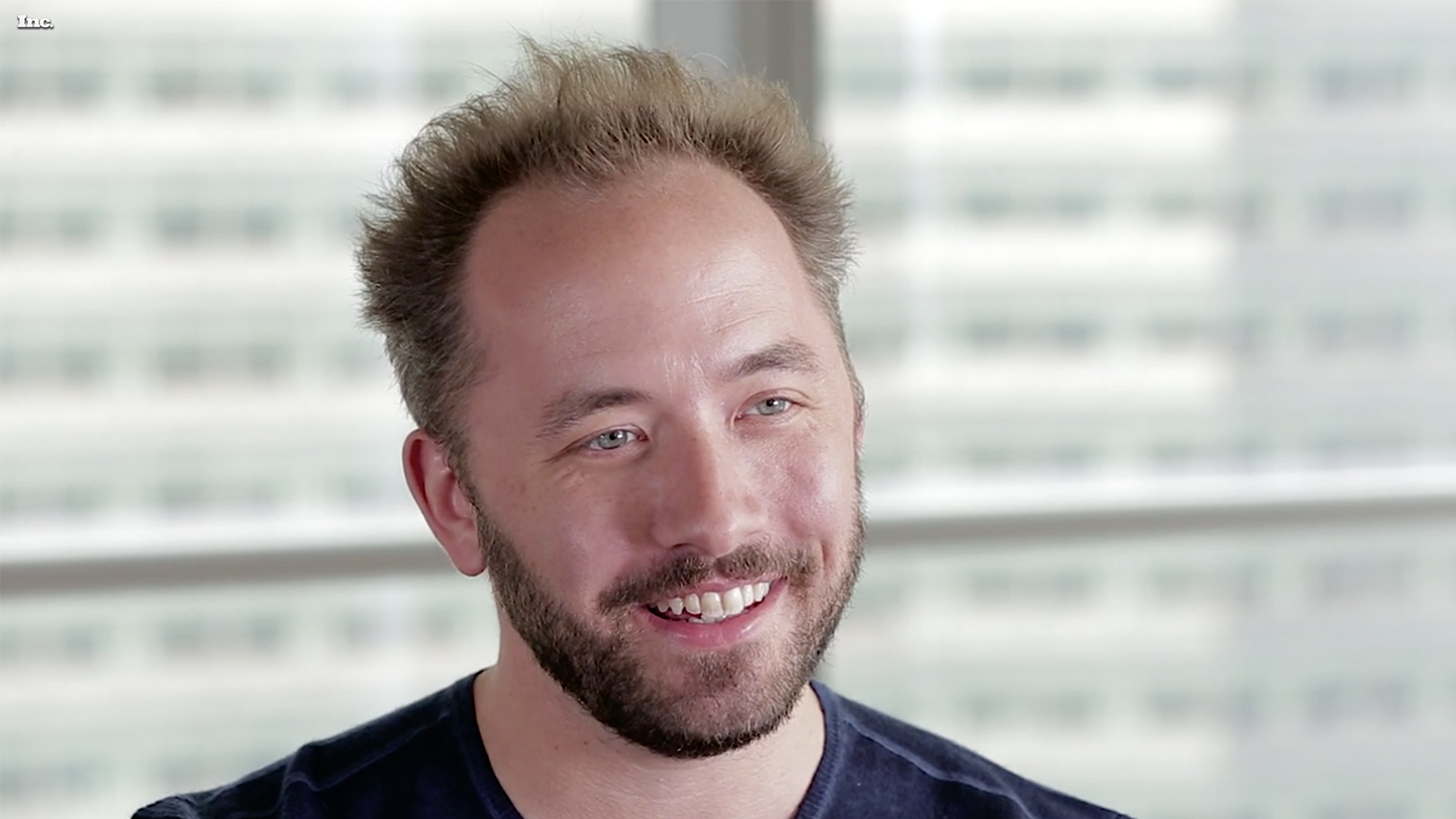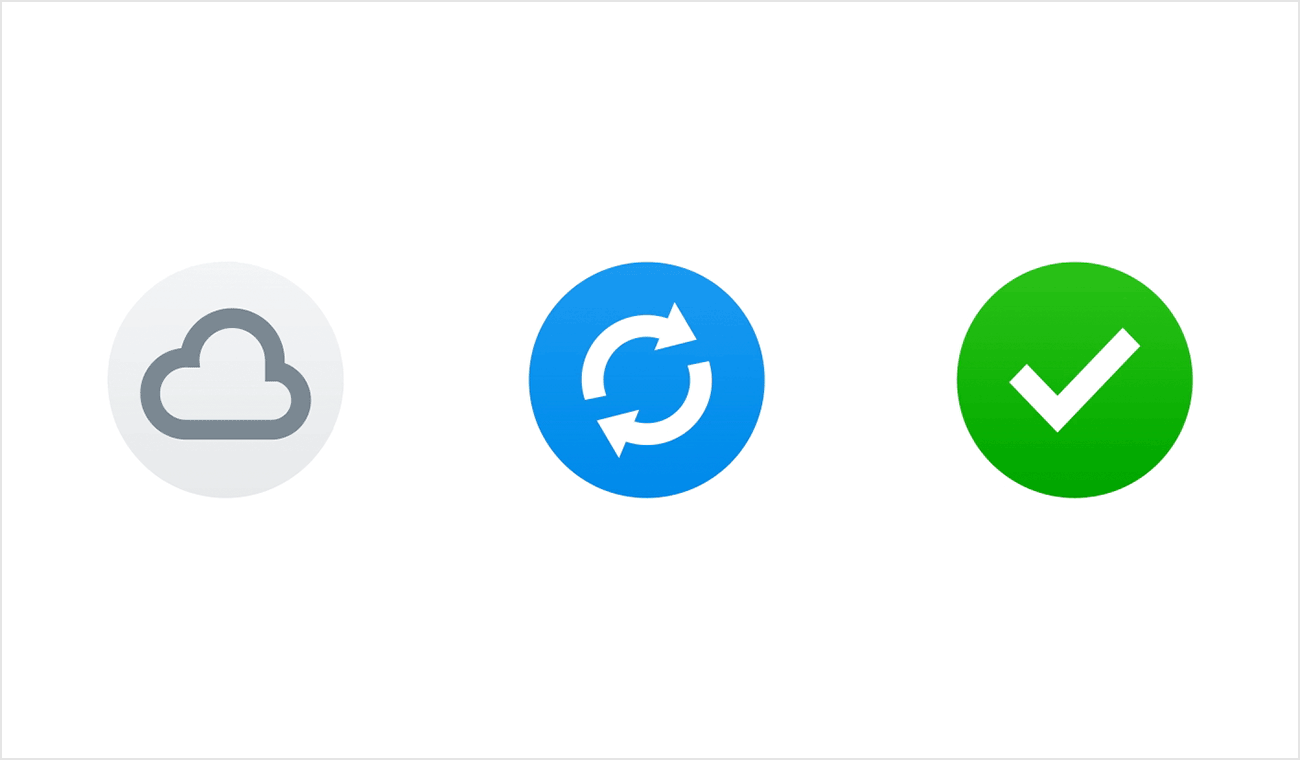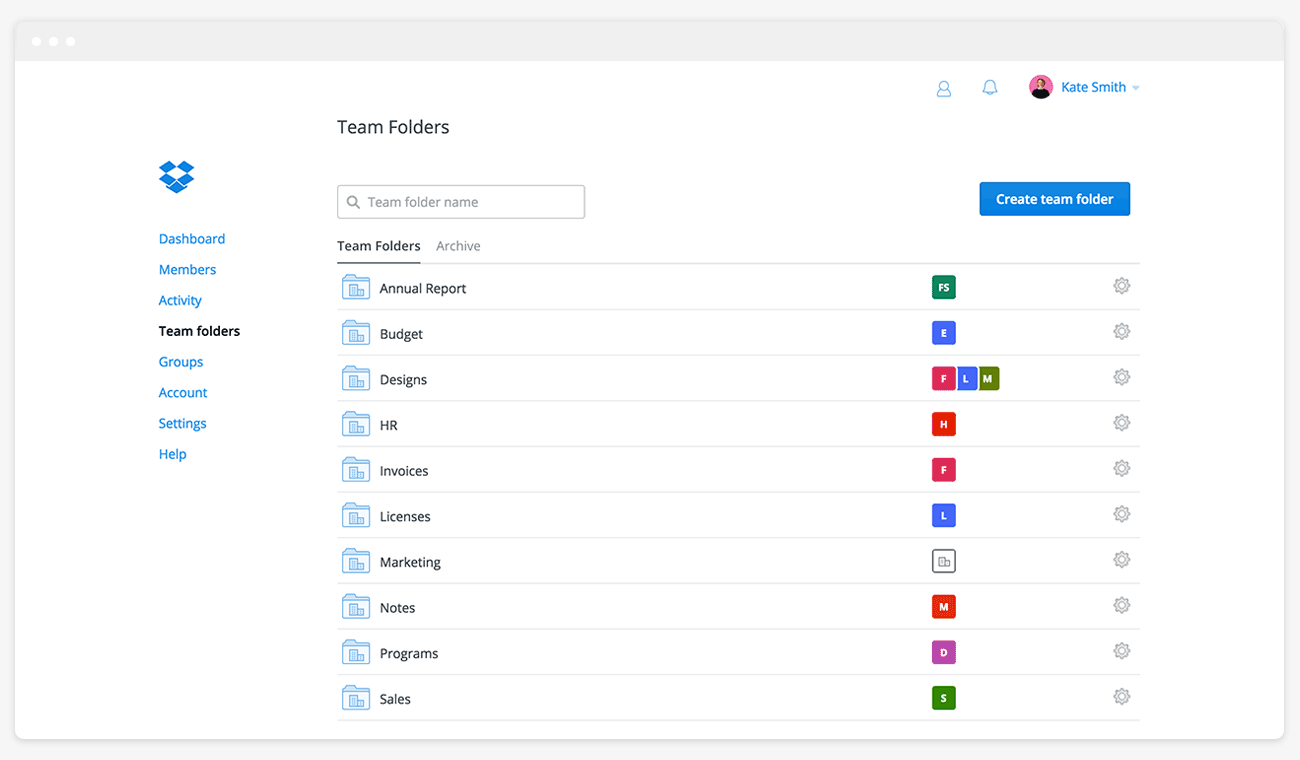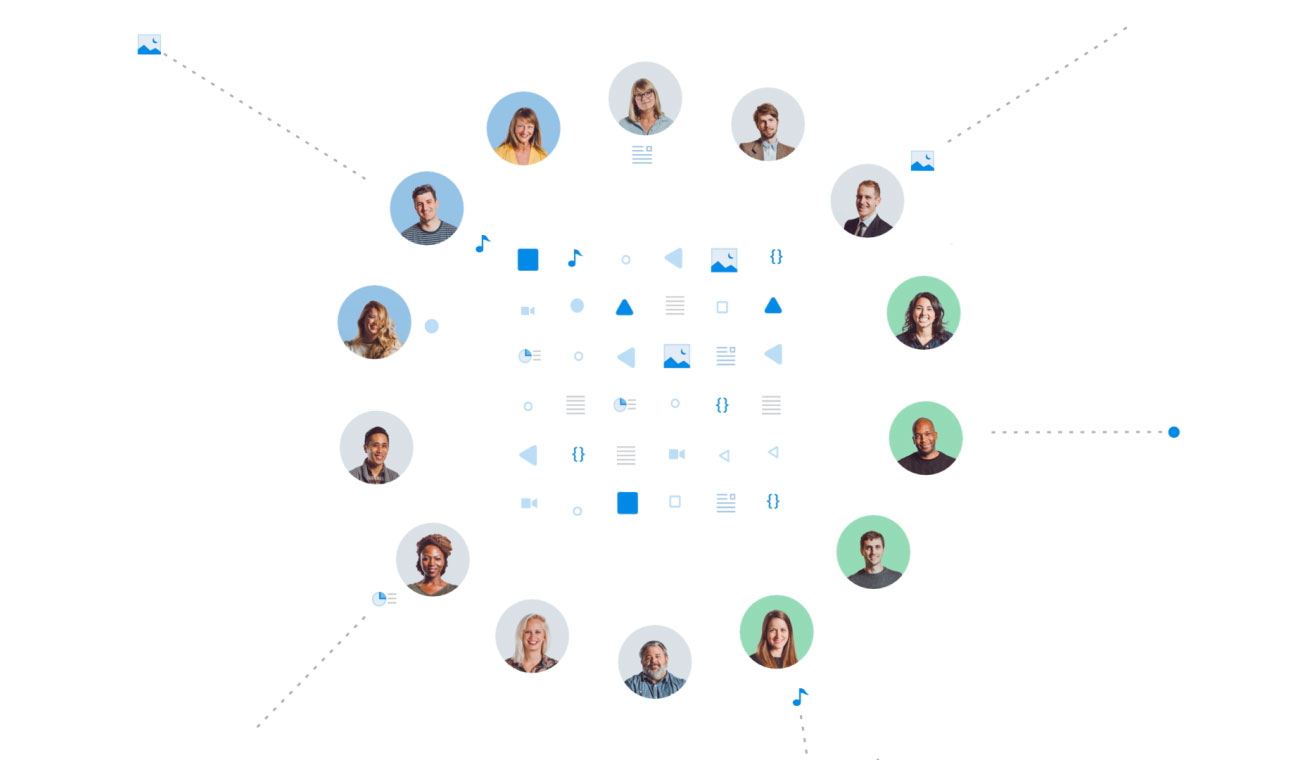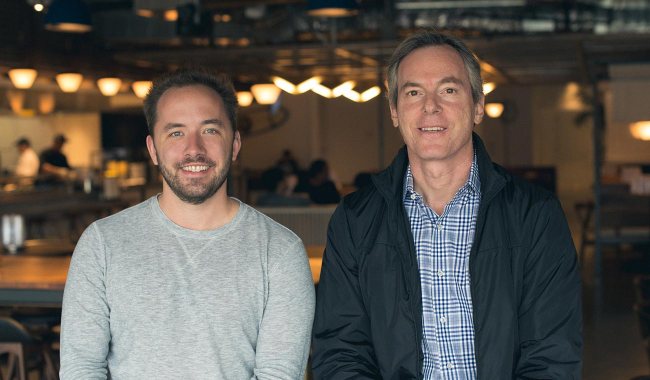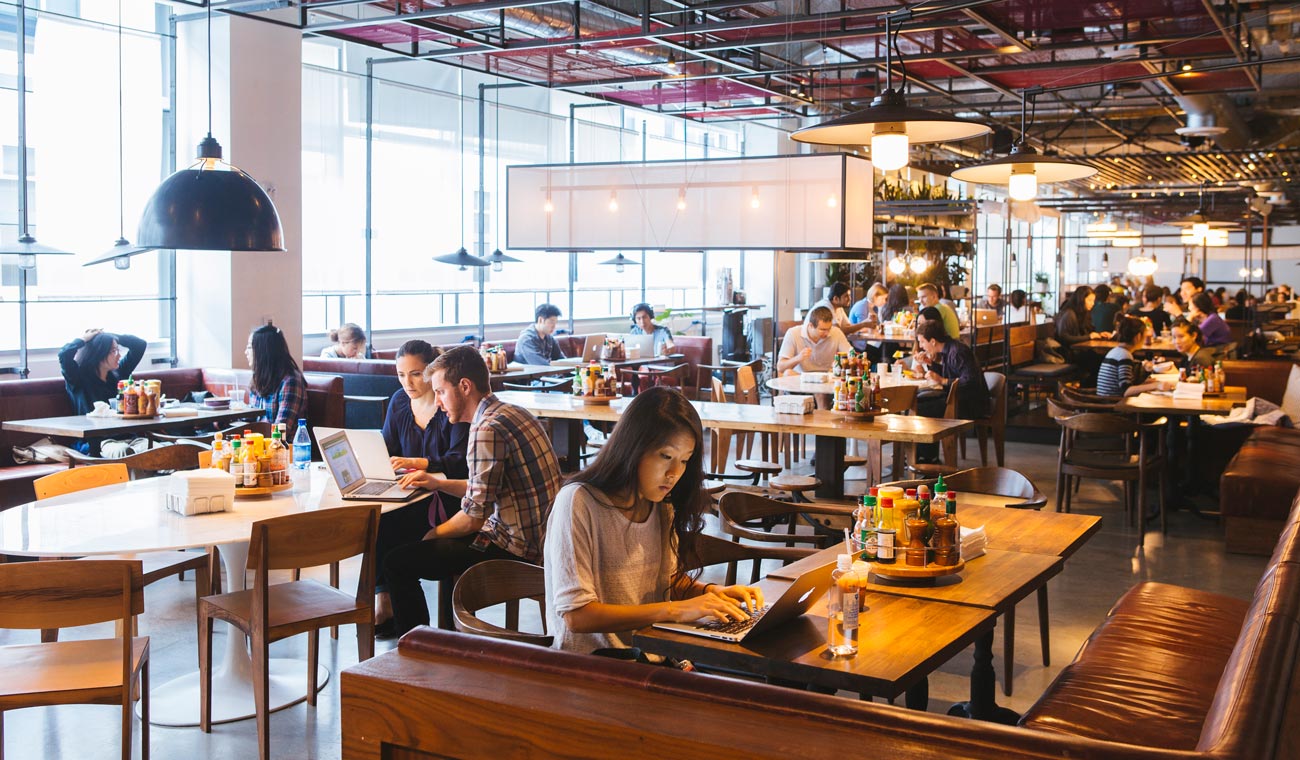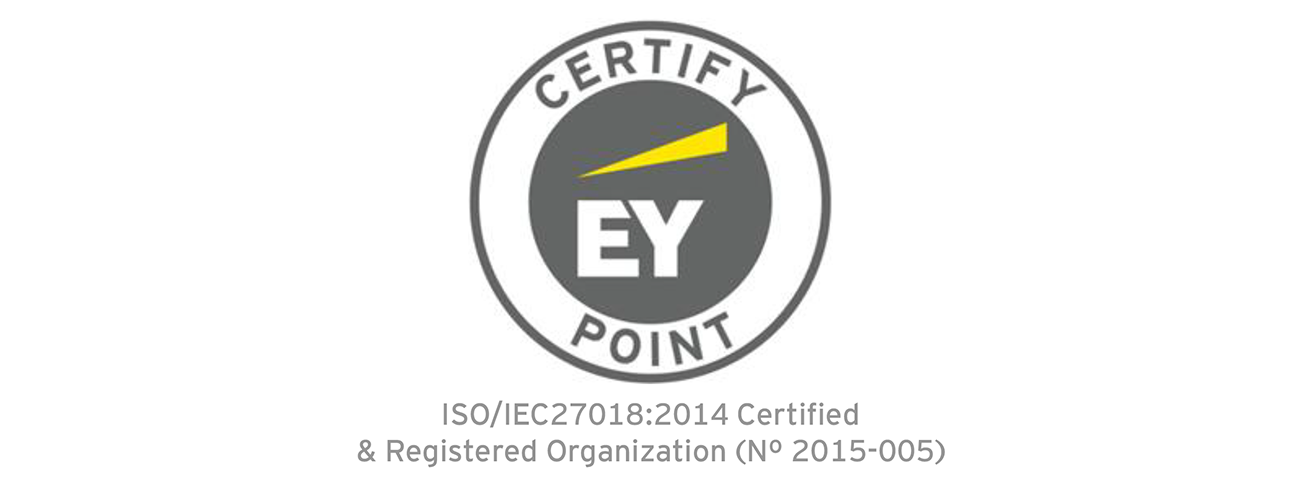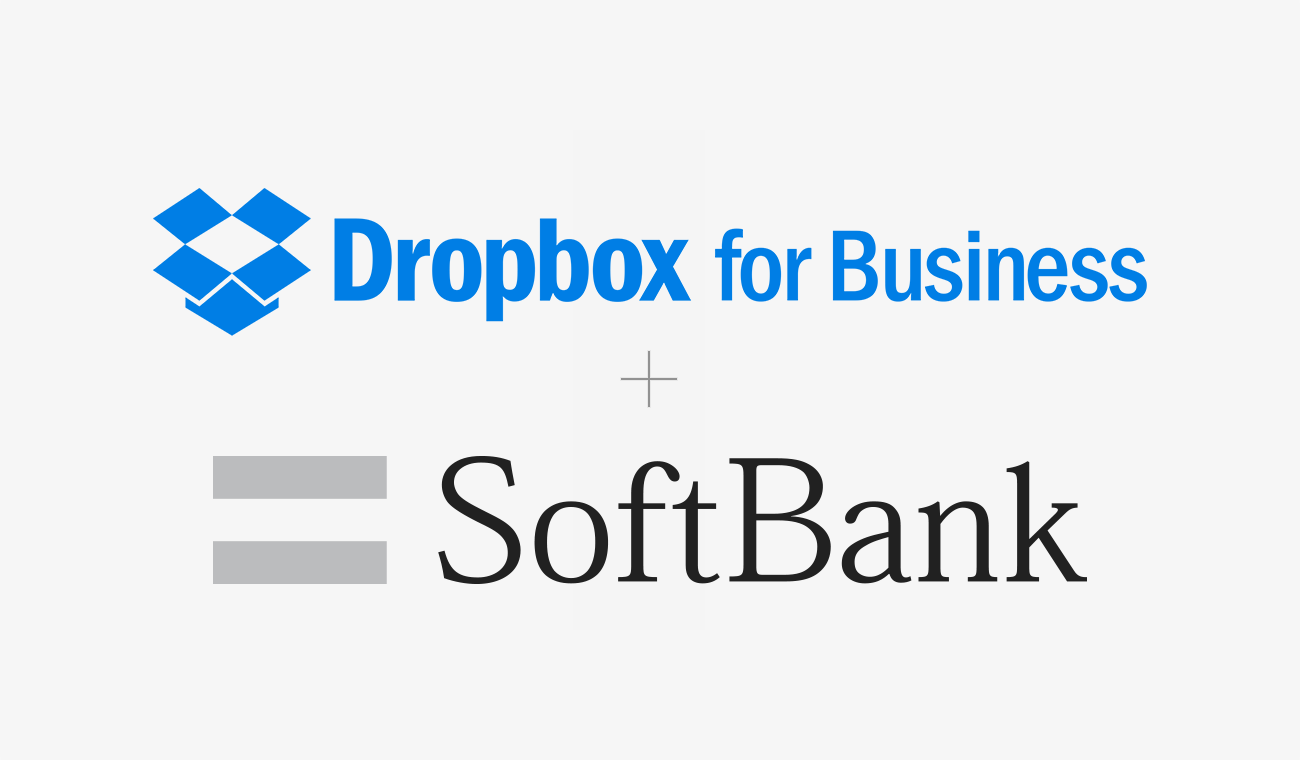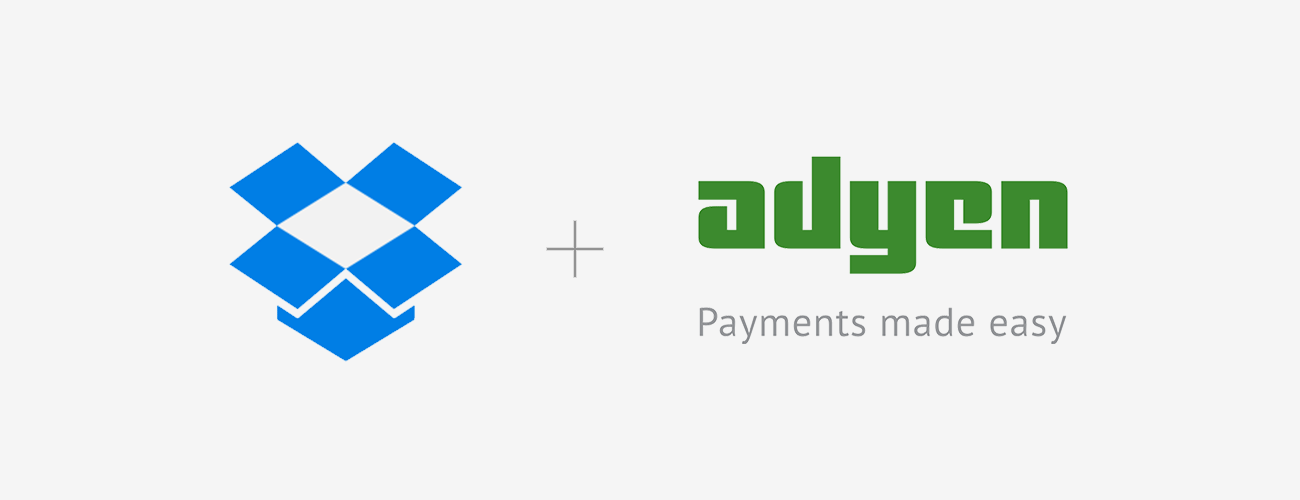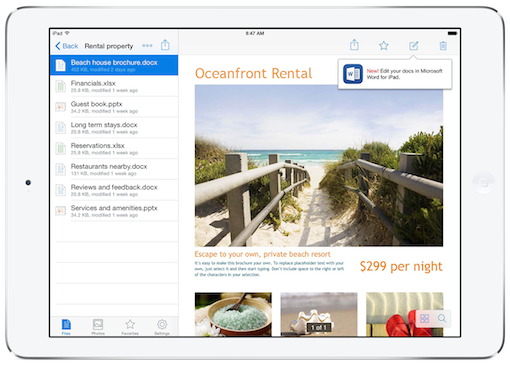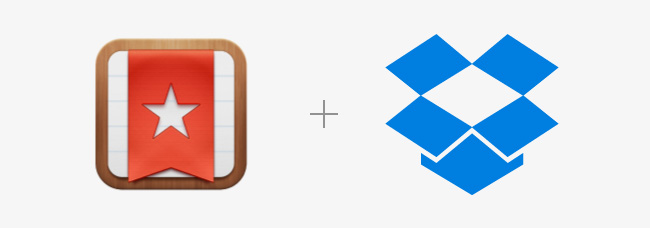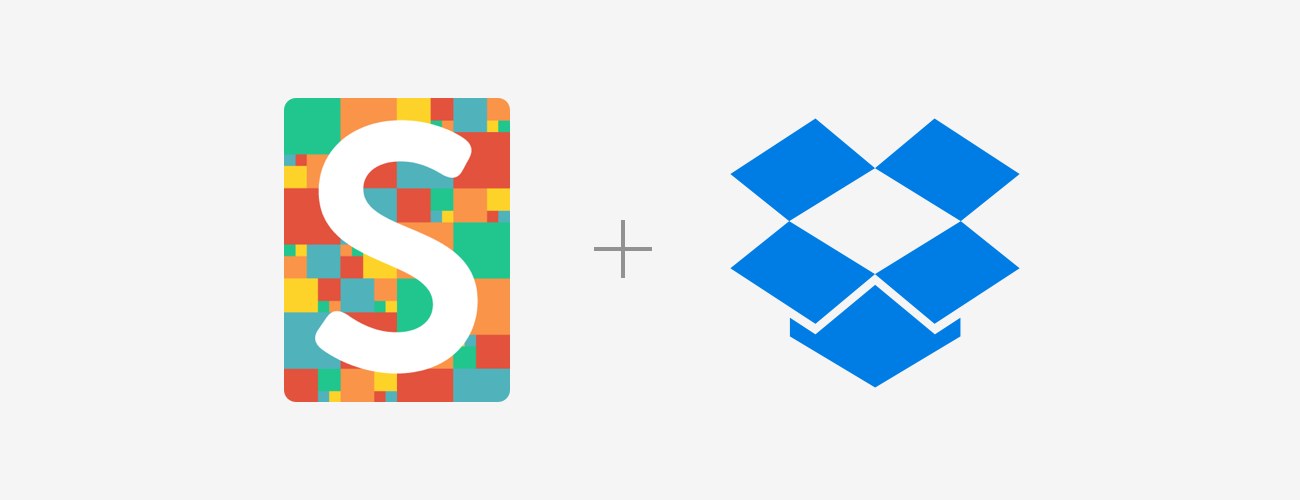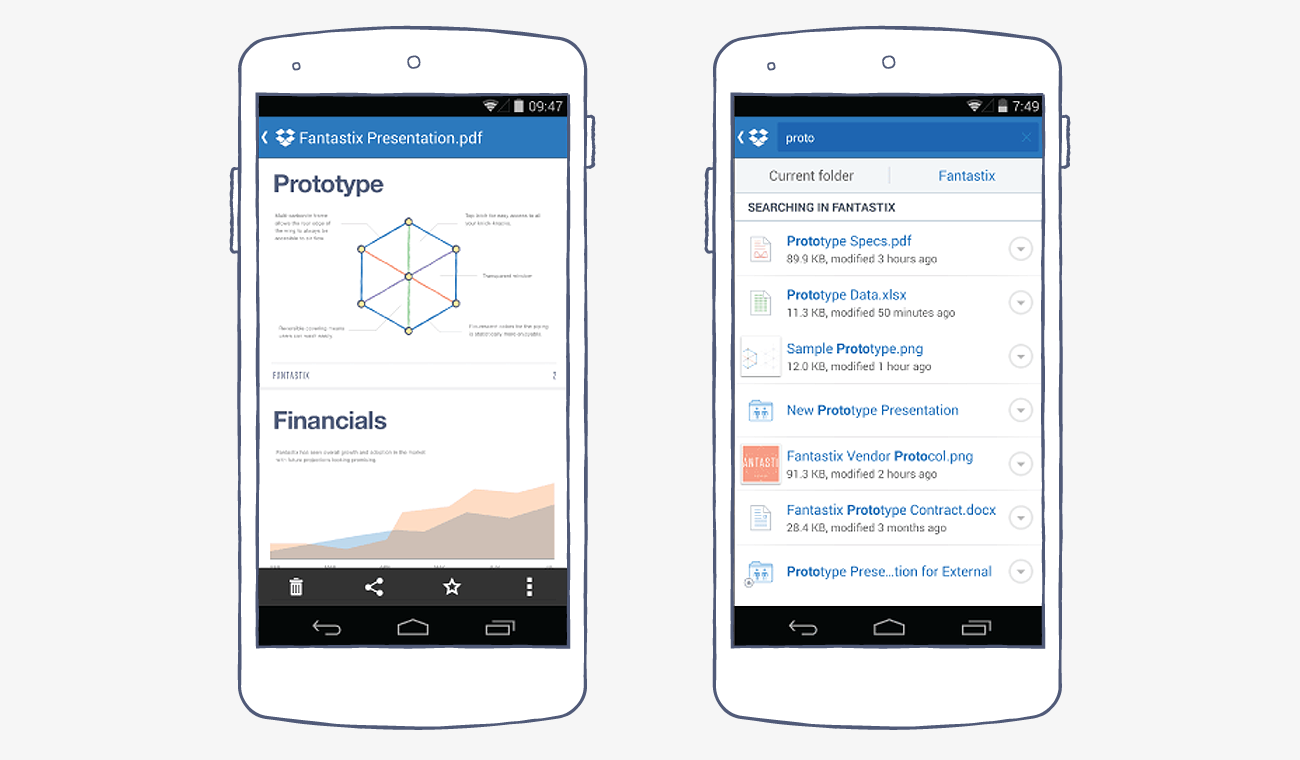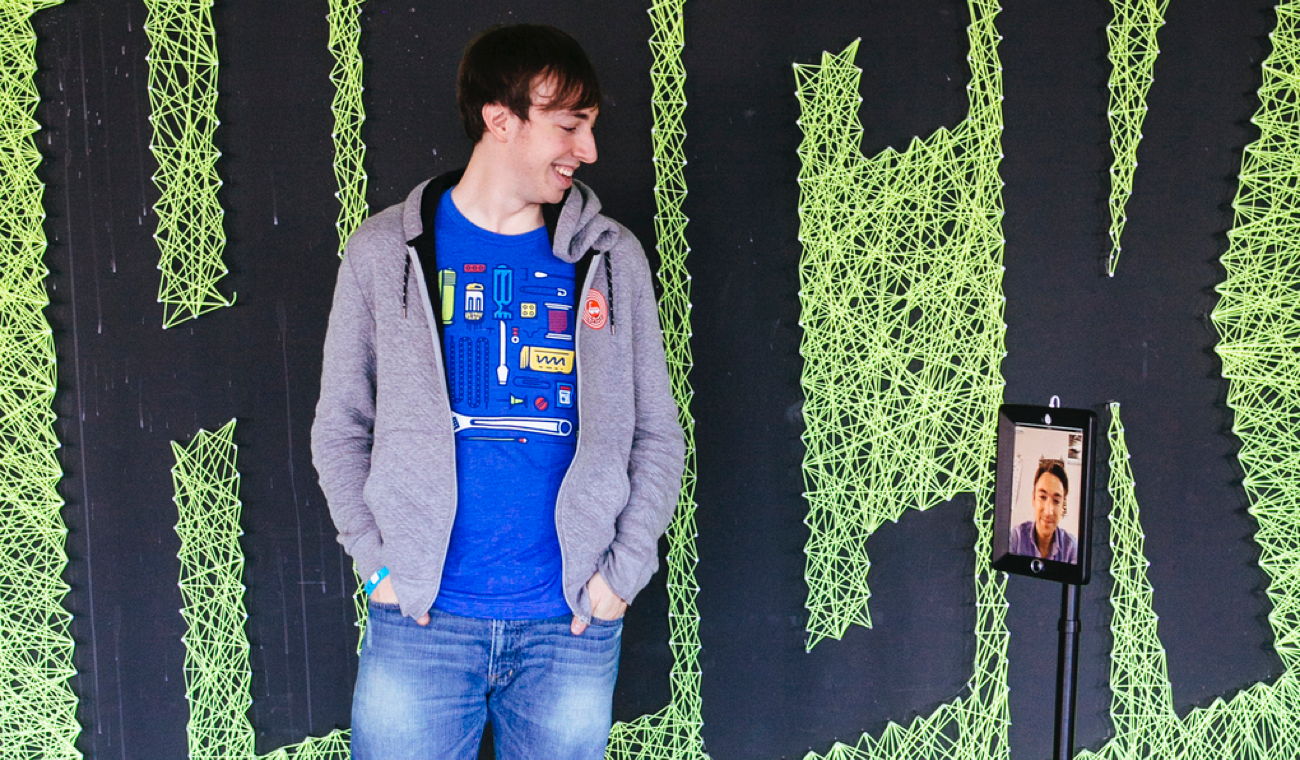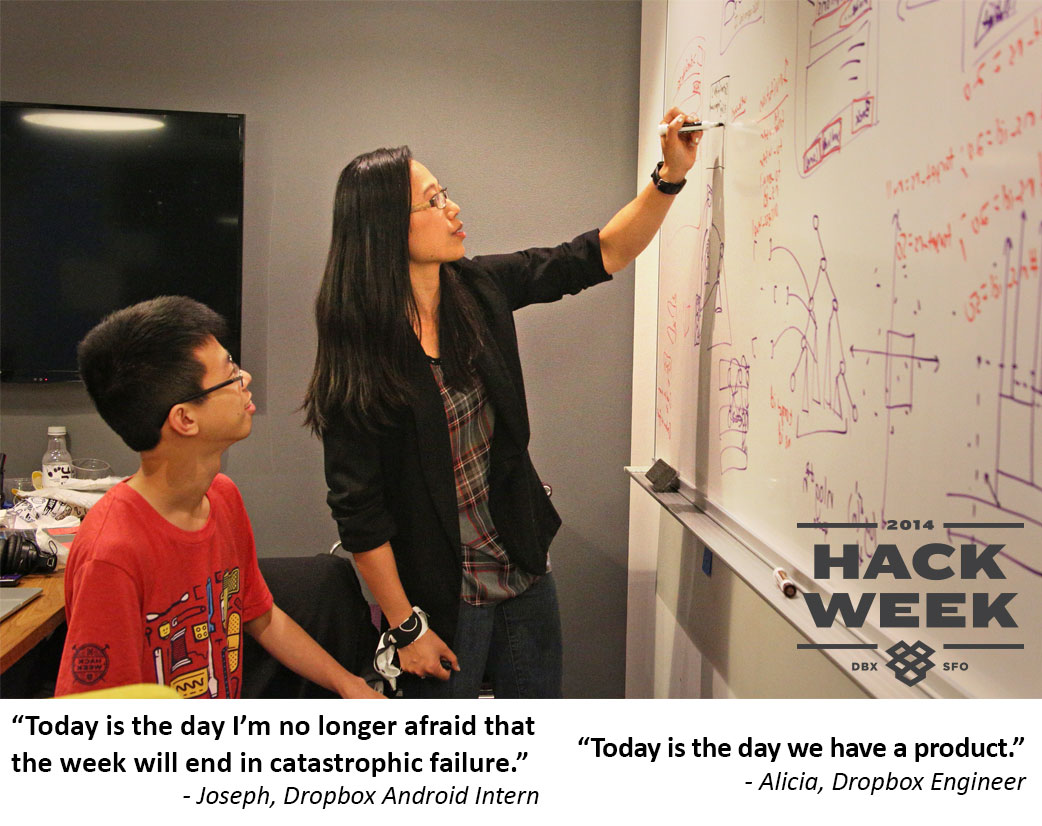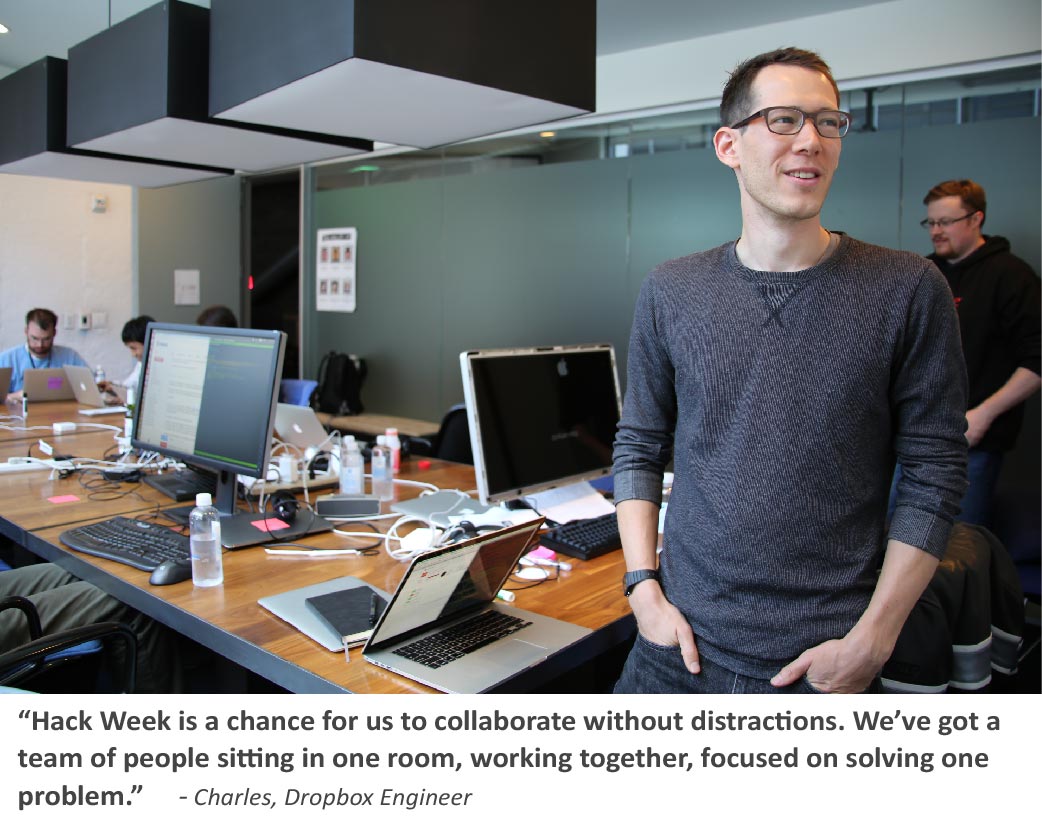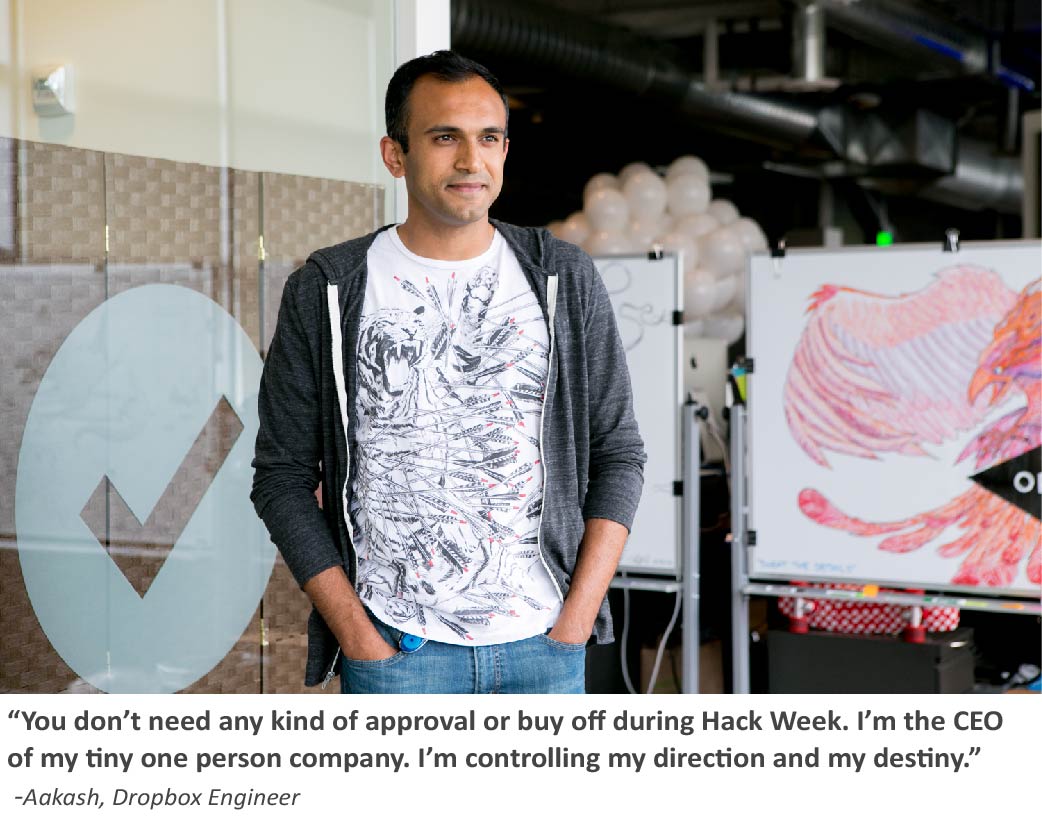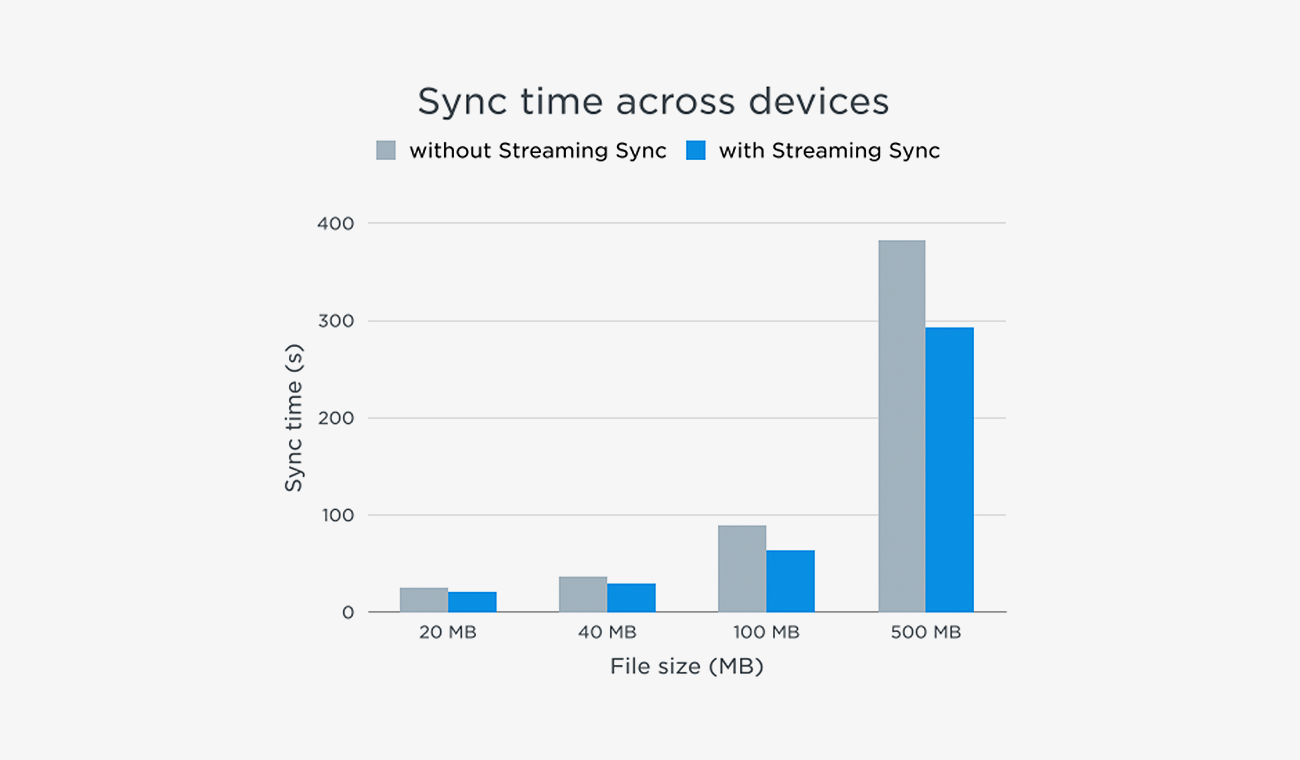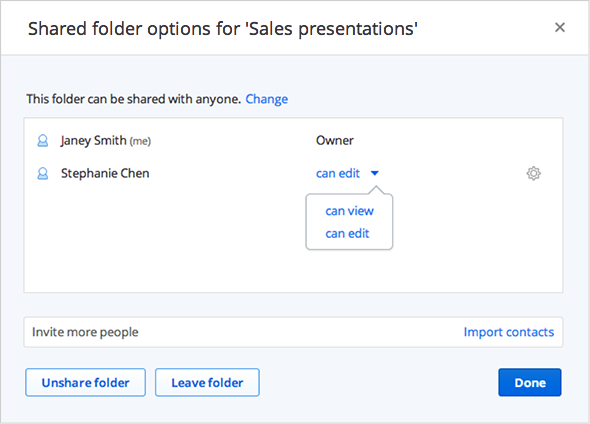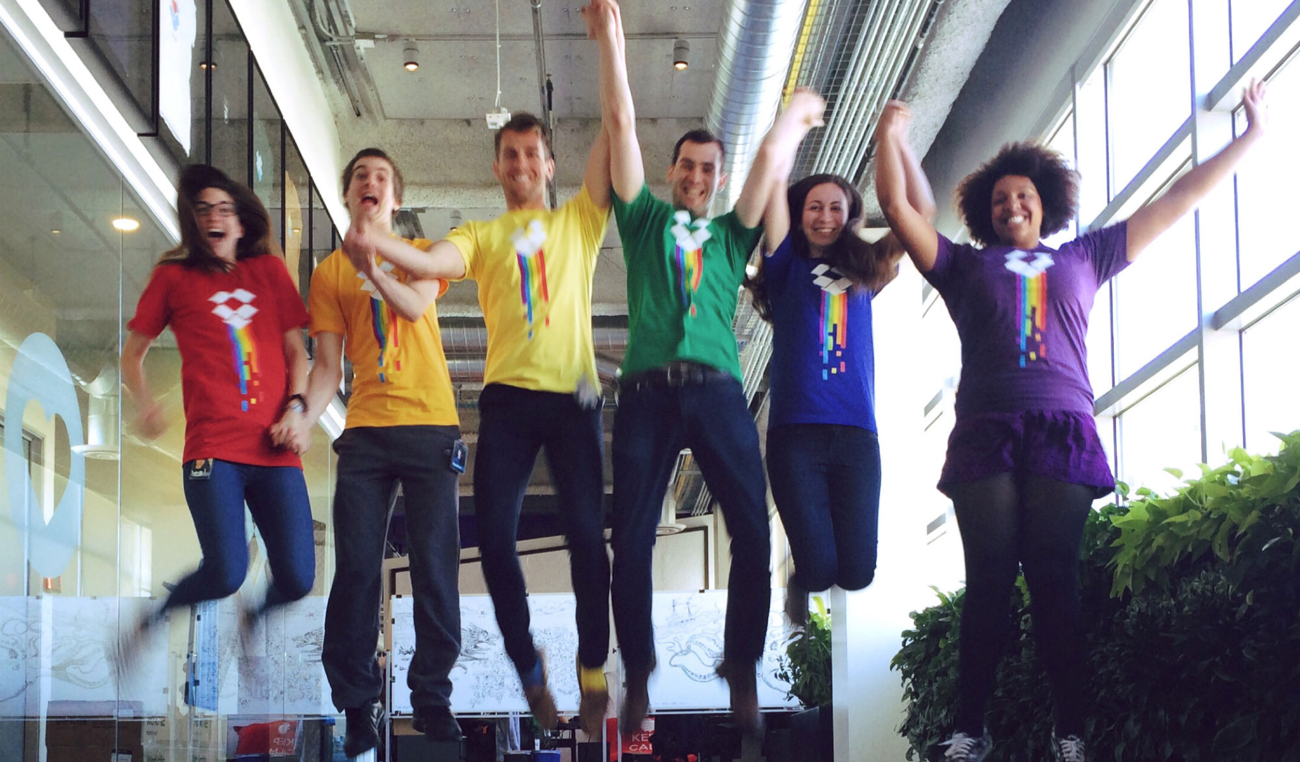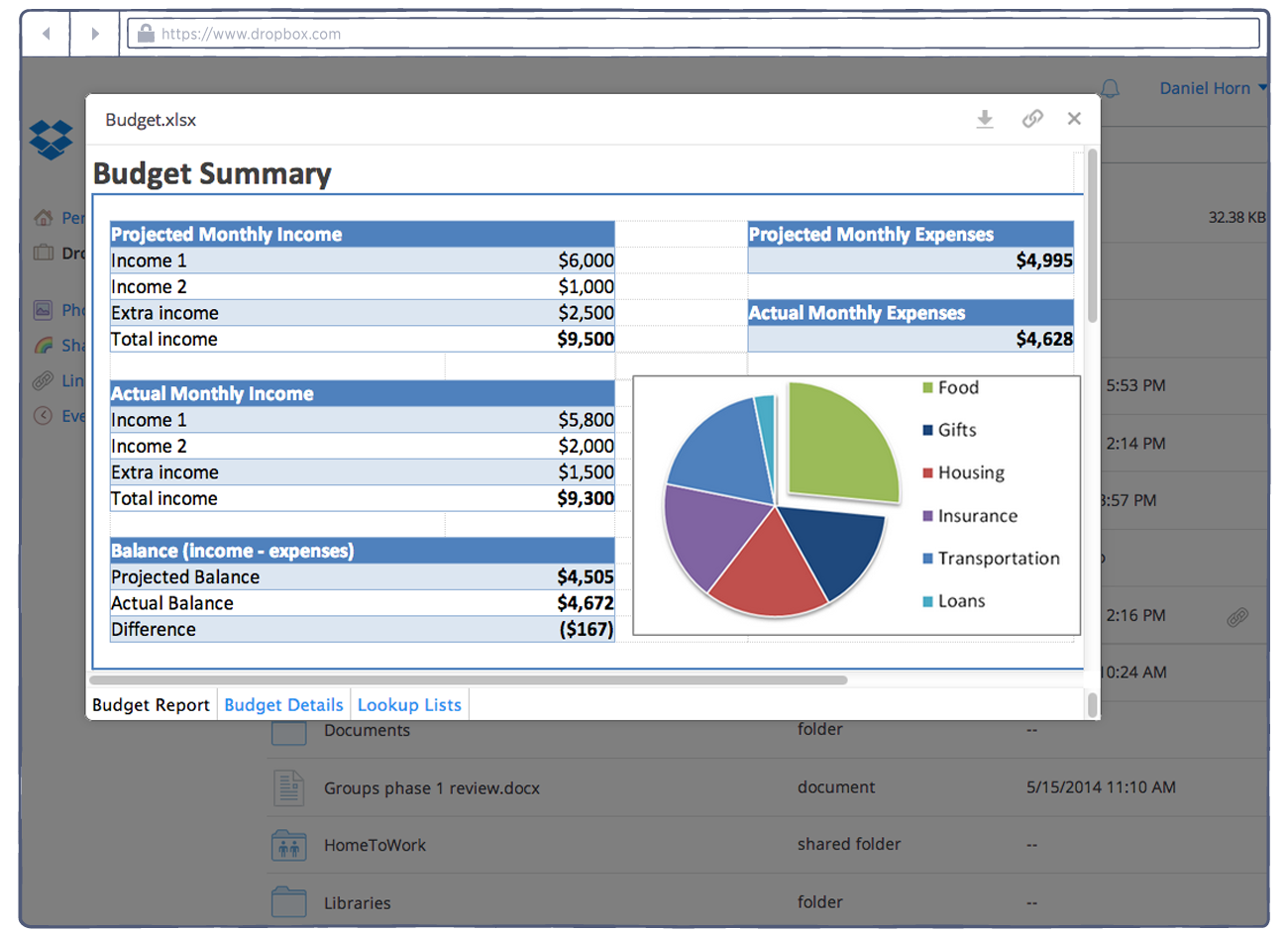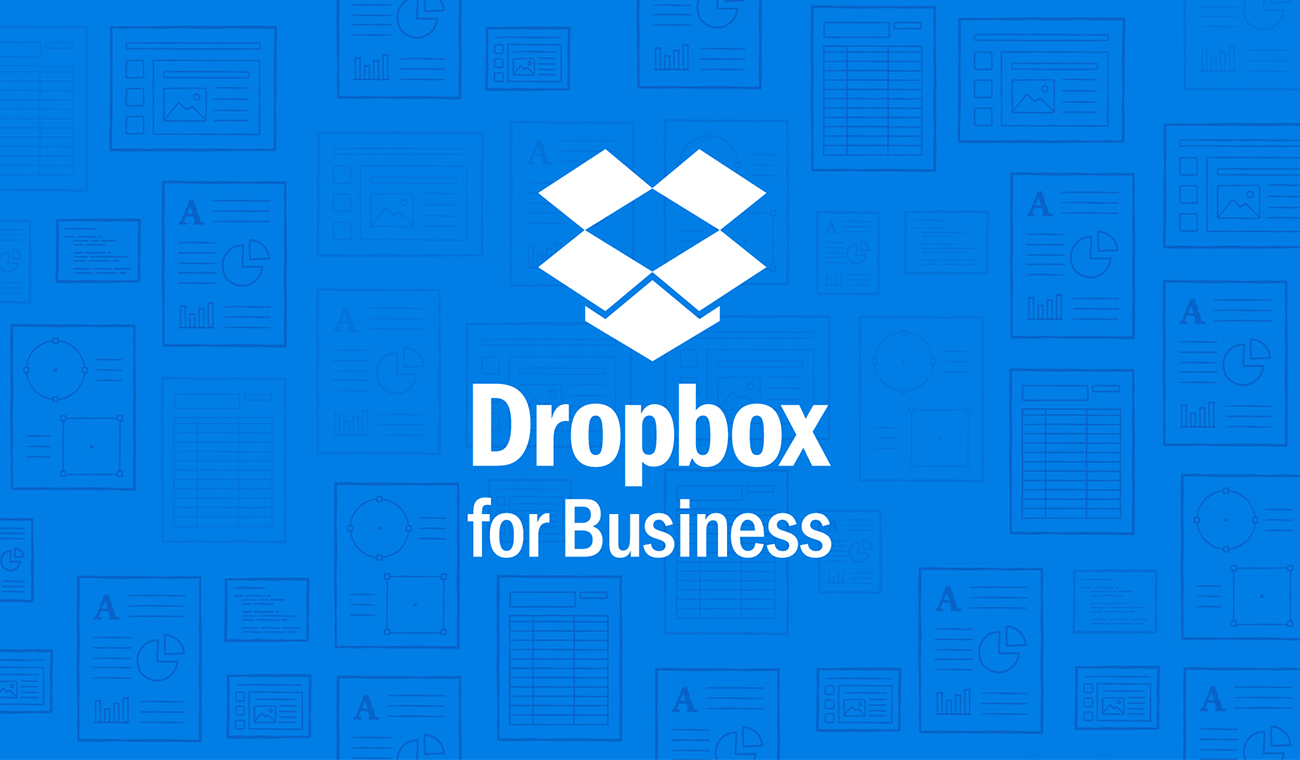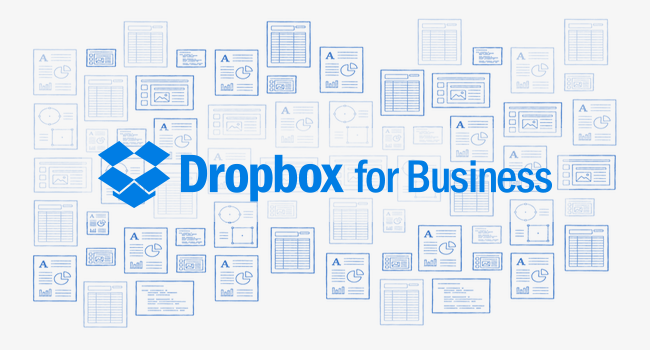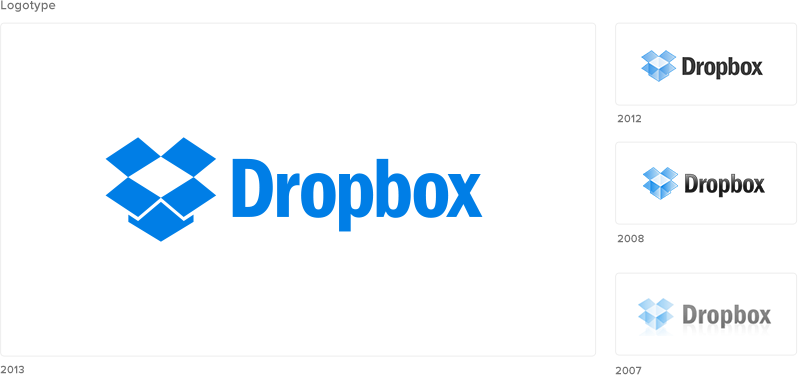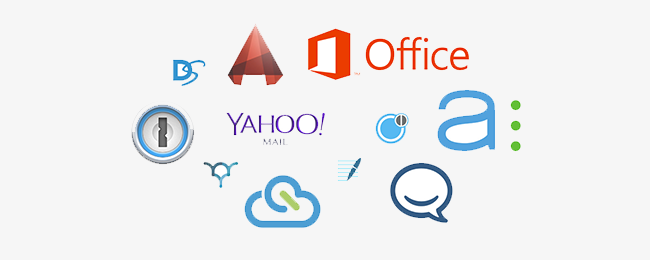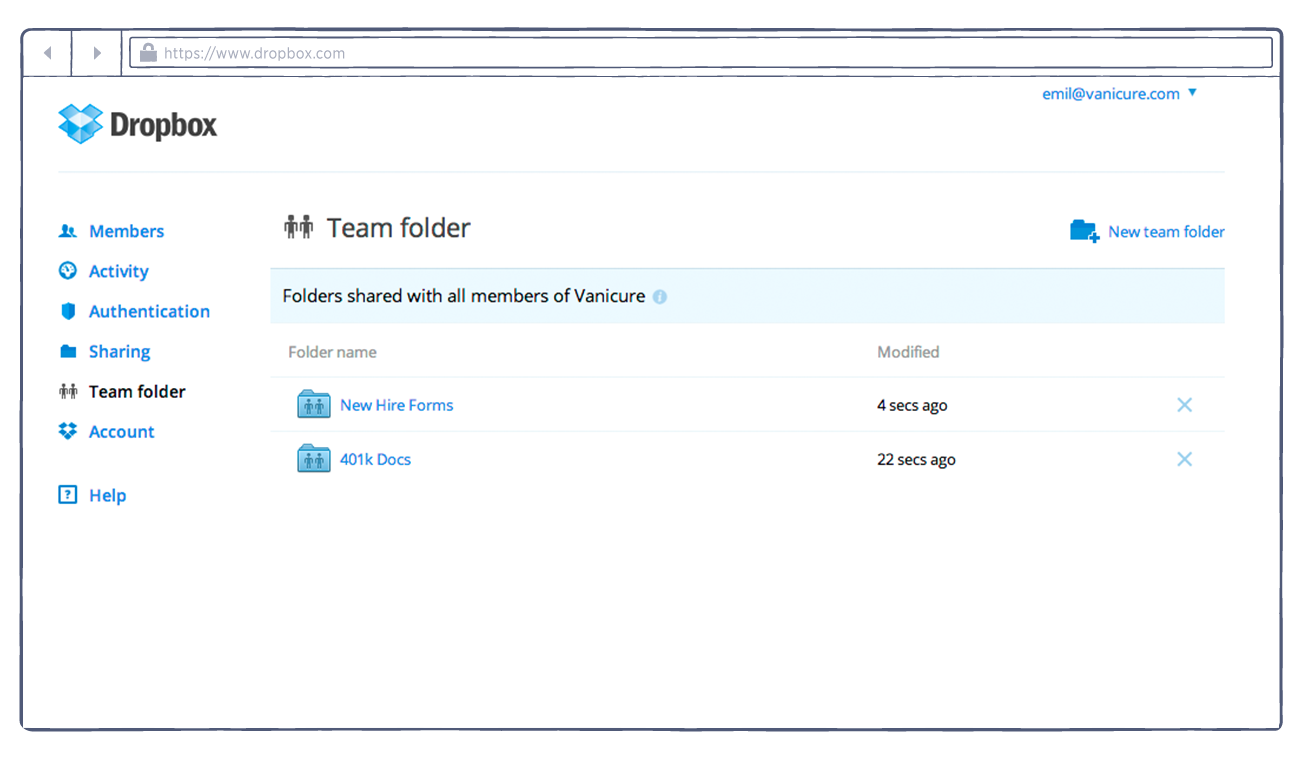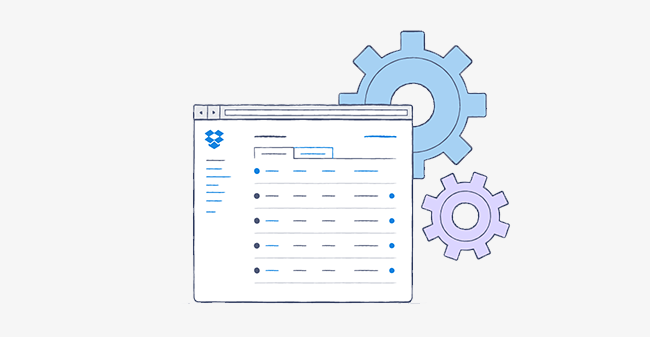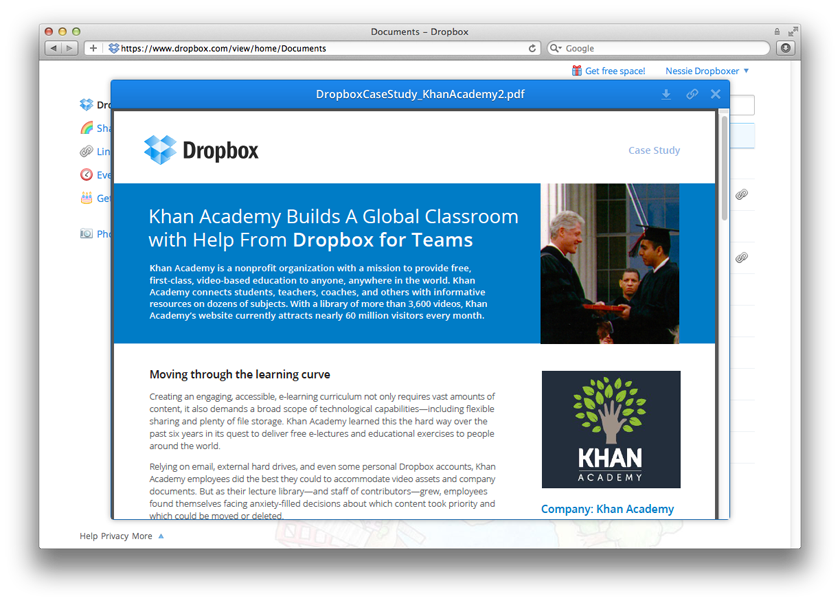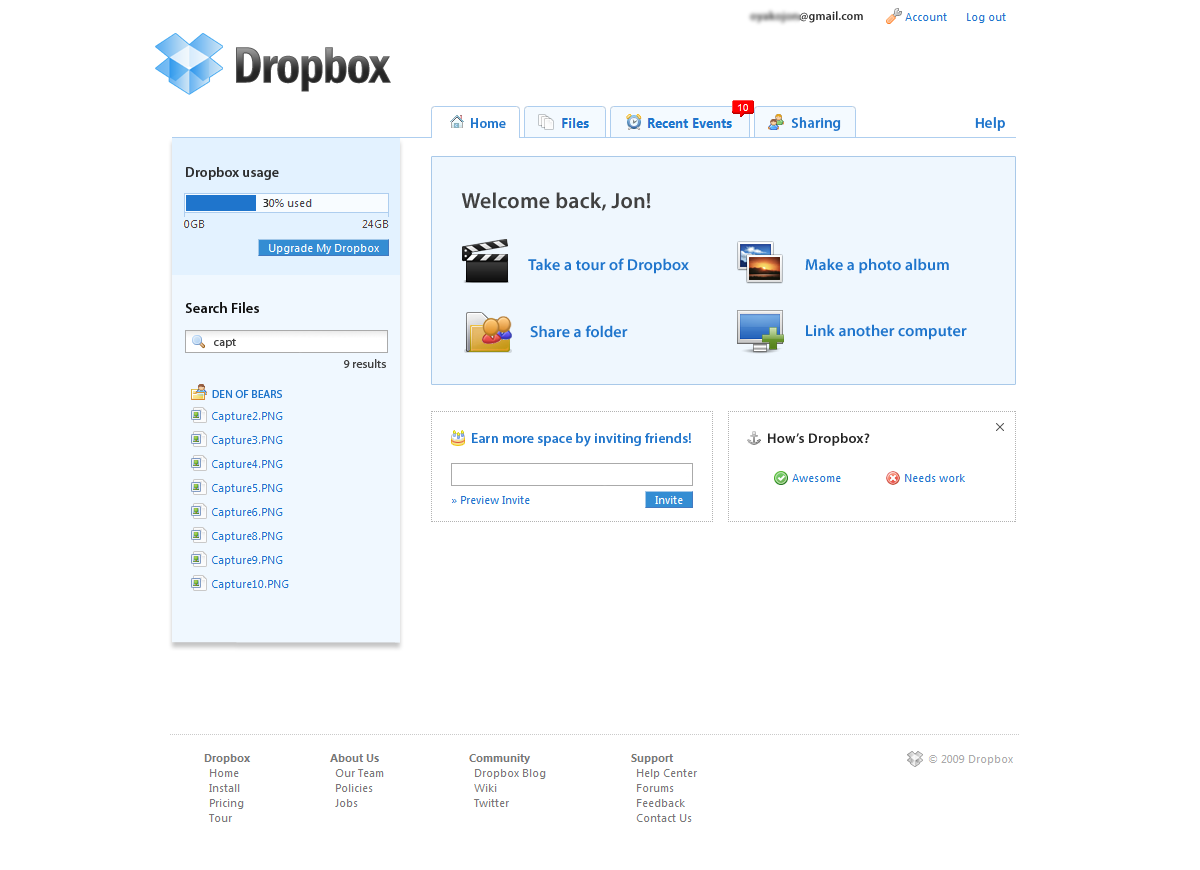.png/_jcr_content/renditions/blog_(960x960).webp)
Dropbox has always prioritized creativity and collaboration as key to building a thriving business, and our office spaces were designed for it. Though we make software that helps people work from anywhere, most of our employees came to an office every day.
This year’s abrupt shift to remote work was jarring for us, along with everyone else. But we’re fortunate that our product helped us transition pretty seamlessly, and that it helped others too—we’ve seen increased adoption and usage this year. As virtually all work becomes digital, organizing all your team’s content in one place has never felt so important.
We believe the data shows the shift to remote work, though abrupt, has been successful overall. A new study from The Economist Intelligence Unit commissioned by Dropbox finds that knowledge workers are more focused at home and just as engaged as before. In our internal surveys most employees say they’re able to be productive at home (nearly 90%) and don’t want to return to a rigid five-day in-office workweek. As a company, we’ve continued to serve our customers without interruption and shipped new products and features.
But things aren’t perfect. Back-to-back video conferences, constant notifications, and isolation from peers can be overwhelming. In our study with the EIU, workers also say company culture suffers with no in-person interaction, risk of miscommunication is higher, and it’s harder to start new projects with multiple collaborators. There are many things people miss about the office.
The changing workplace
Even with the drawbacks, the EIU data shows that people think the benefits of remote work outweigh the negatives. All these insights are informing our product roadmap, and our thinking about the workplace. It’s clear that distributed work is here to stay.
In trying to adapt to this new reality, many companies have announced they are going fully-remote or offering employees a hybrid approach (i.e. employees choose whether or not to go into an office). But we aren’t convinced either of these scenarios are the best way forward. Neither addresses the underlying limitations of remote working. Hybrid approaches may also perpetuate two different employee experiences that could disproportionately impact performance or career trajectory. These big-picture problems are non-starters for us.
Instead of going back to the way things were, or choosing an alternative we had reservations about, we created a new option that we think will help us live our mission of designing a more enlightened way of working and deliver products that make distributed work easier. We set five goals for our policy: Support the company mission, give employees freedom and flexibility, preserve human connection and company culture, sustain the long-term health of our company, and retain a learning mindset. We think the strategy we landed on delivers on all five.
Going Virtual First
Starting today, Dropbox is becoming a Virtual First company. Remote work (outside an office) will be the primary experience for all employees and the day-to-day default for individual work.
Location strategy
And, once it’s safe to do so, we’ll continue to facilitate a cadence of in-person collaboration and team gathering either through our existing real estate or other flexible spaces. We’ll call these collaborative spaces Dropbox Studios, and we’ll have Studios in all locations we currently have offices—whether they’re dedicated spaces in places we currently have long-term leases and a high concentration of employees (San Francisco, Seattle, Austin, and Dublin to start) or on-demand spaces in other geographies. Every employee aligned to one of our offices will have access to a Studio. To ensure a fair and consistent employee experience, we felt it was important to be prescriptive about how these spaces are used—so Dropbox Studios will be specifically for collaboration and community-building, and employees will not be able to use them for solo work.
While there may be some exceptions based on team and role, employees will also have flexibility to relocate outside of locations where we currently have offices. There will be some parameters but the choices will be much greater. As a result, we expect Dropbox to become more geographically distributed over time, and hope this offers our teams more choices in where they live, work, and hire from. Utilization of Dropbox Studios will vary by team needs, so we may set up new ones as our geographic distribution and employee concentration changes.
Non-linear workdays
Next, we’re embracing what we call “non-linear workdays.” We’re setting core collaboration hours with overlap between time zones, and encouraging employees to design their own schedules beyond that. As our workforce grows more distributed, this will help balance collaboration with needs for individual focus. We want to prioritize impact and results instead of hours worked.
Employee experience
Finally, we’re designing the whole employee experience around Virtual First, from IT to HR. We’ll invest in a holistic ecosystem of resources, including a dedicated team, to support employees and track our progress by measuring impacts on productivity, engagement, and culture so we can continue to adapt. As a first step, we’ve developed a Virtual First Toolkit, which we’re also open-sourcing here, so that we can add to it and share our learnings as we go.
A sustainable, thriving workplace for the future
We’re laser focused on designing products to transform how remote work happens. By living the reality of Virtual First day to day, we think we’ll better understand our customers’ needs and be well positioned to evolve our product accordingly.
We also hope this Virtual First approach will give us the best of remote and in-person work, balancing flexibility with human connection, and creating a more level playing field for everyone.
Importantly, going Virtual First is an opportunity for us to build an even stronger, more well-rounded workforce. And it’ll set us up to make the right investments in people to grow our business for the future.
Finally, we want to provide a level of predictability for our employees so they can plan confidently and focus on important priorities. We’re extending our mandatory work from home policy through June 2021 to protect the health and safety of our employees and communities. Given that we don’t know when we’ll be able to safely gather again, we hope this decision will eliminate some uncertainty for our team.
We’re living through a challenging time. But we believe it brings an opportunity to redesign the way we work for the better. While we think Virtual First is the right choice, it’s new for us and we know we may not get it 100% right immediately. So we’re committed to maintaining a learning mindset—to staying open to new information and feedback and iterating over time until we do.
Forward-Looking Statements Disclosure
This blog post contains forward-looking statements within the meaning of the Private Securities Litigation Reform Act of 1995 related to our expectations on (i) the achievement of our business goals related to our Virtual First policy, (ii) the availability of additional work locations and collaborative spaces for our employees, (iii) the ability of our Virtual First policy to increase the effectiveness of our workforce and (iv) our ability to utilize insights from our Virtual First policy to improve our product. Words such as “hope”, “will”, “expect”, “believe” and similar expressions are intended to identify forward-looking statements. The achievement or success of the matters covered by such forward-looking statements involves risks, uncertainties, and assumptions. These include, among other things, (i) our ability to attract and retain highly qualified personnel, (ii) our expectations and management of future growth and (iii) our ability to continue to release, gain customer acceptance of, and provide support for additional product features and new and improved versions of our services. Additional factors that could cause results to differ materially from those described above can be found in Dropbox’s Quarterly Report on Form 10-Q for the quarter ended June 30, 2020, which is on file with the Securities and Exchange Commission (the “SEC”) and in other documents Dropbox files with the SEC. If the risks materialize or assumptions prove incorrect, actual results could differ materially from the results implied by these forward-looking statements. Dropbox assumes no obligation to, and does not currently intend to, update any such forward-looking statements after the date of this blog post, except as required by applicable law.


.png/_jcr_content/renditions/hero_square%20(1).webp)




.jpg/_jcr_content/renditions/1200x628%20(8).webp)


